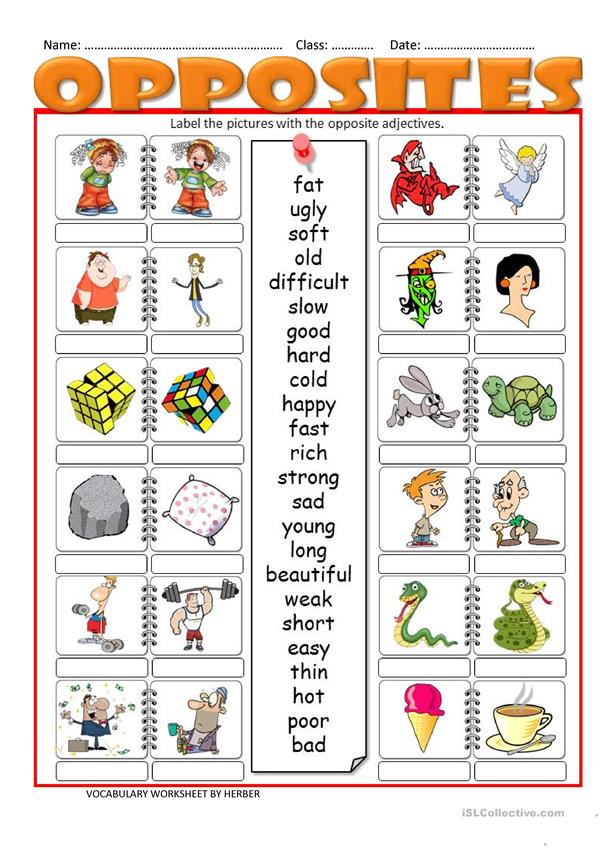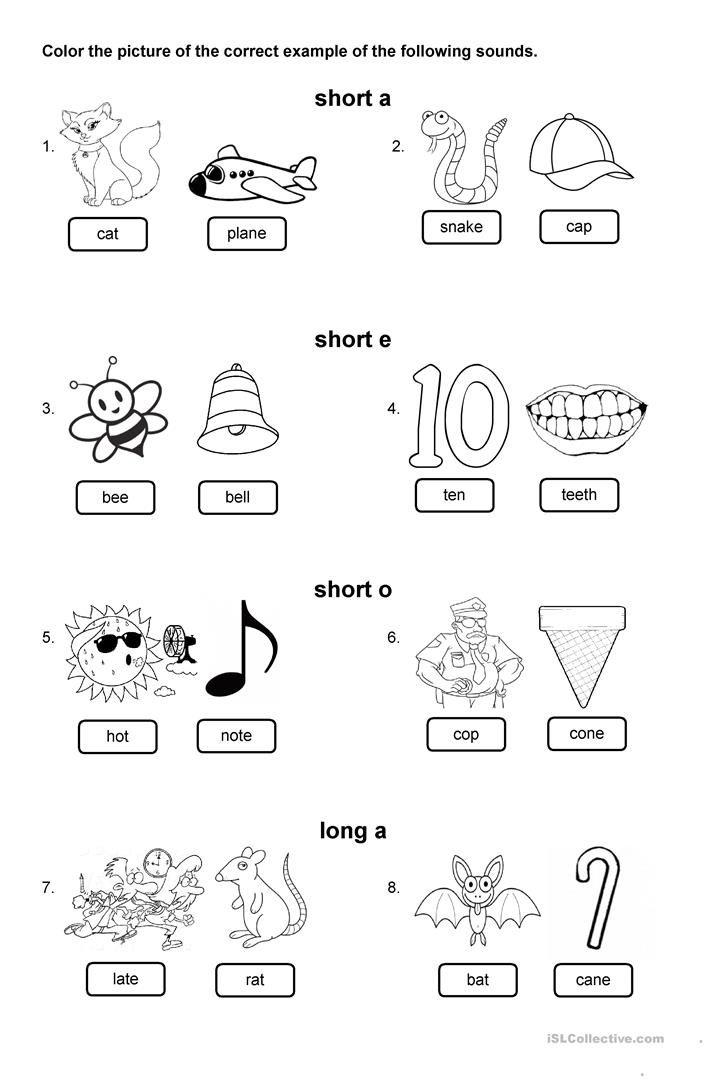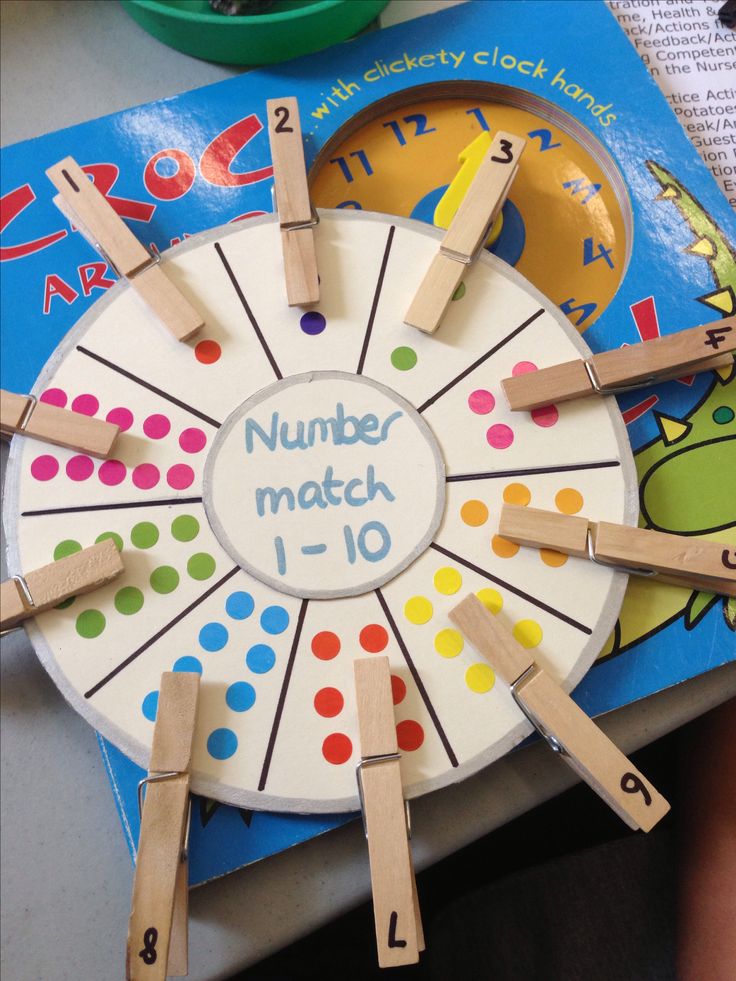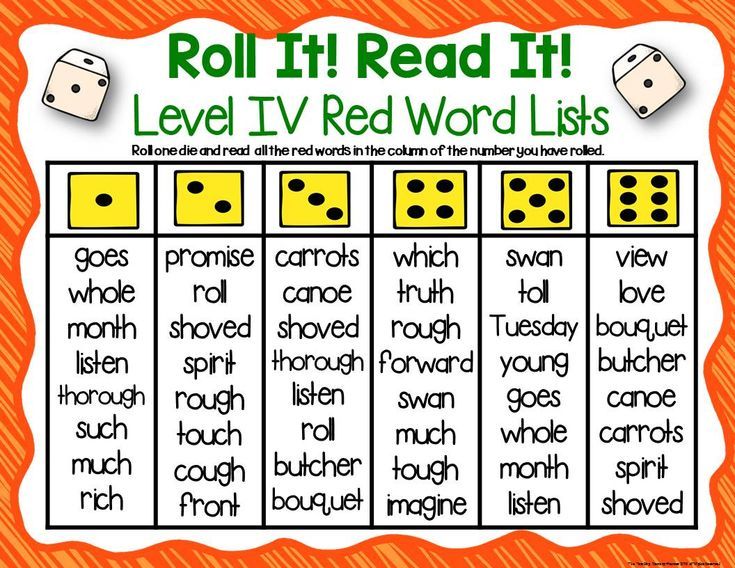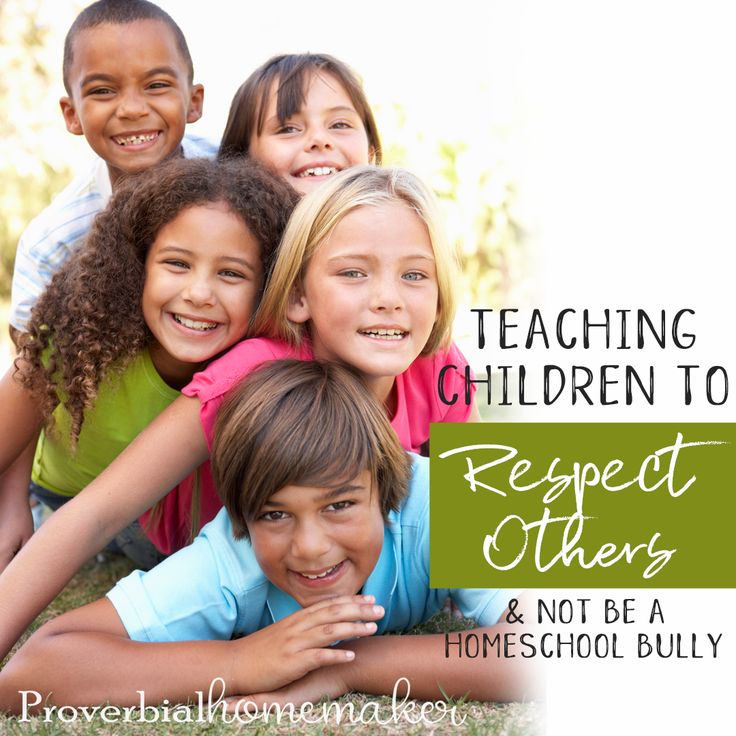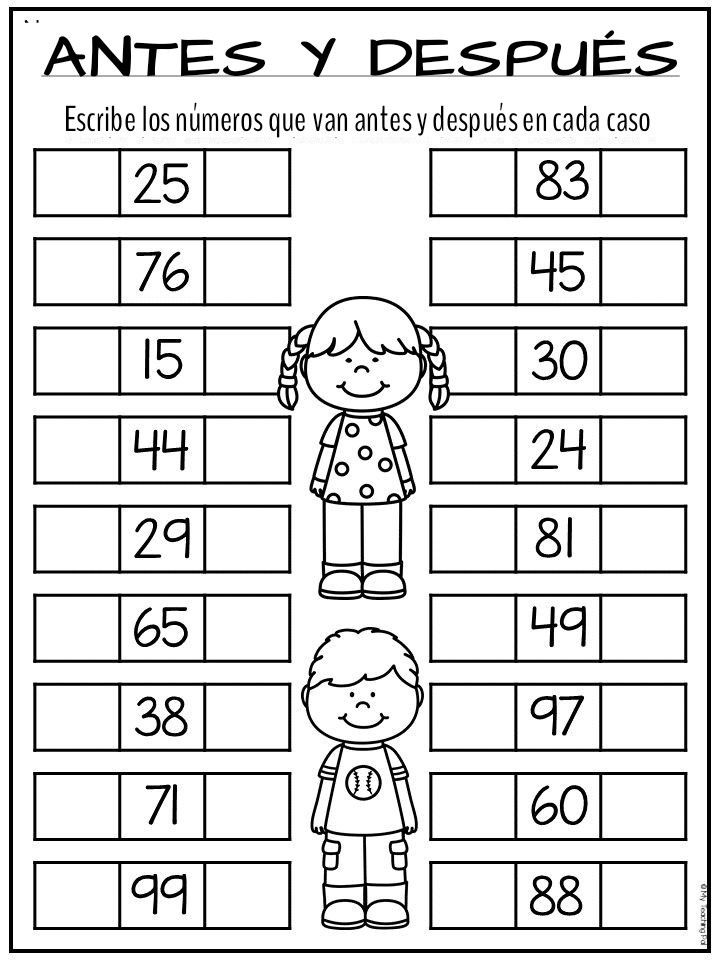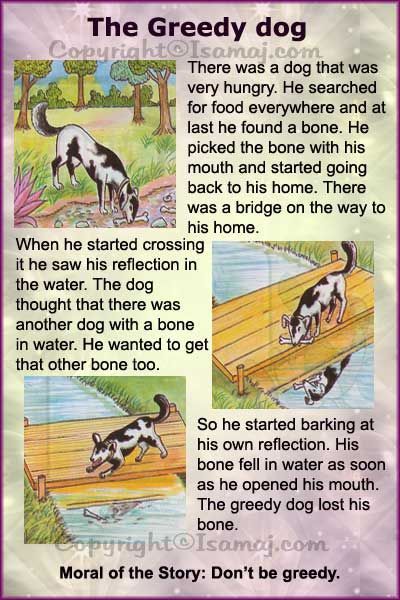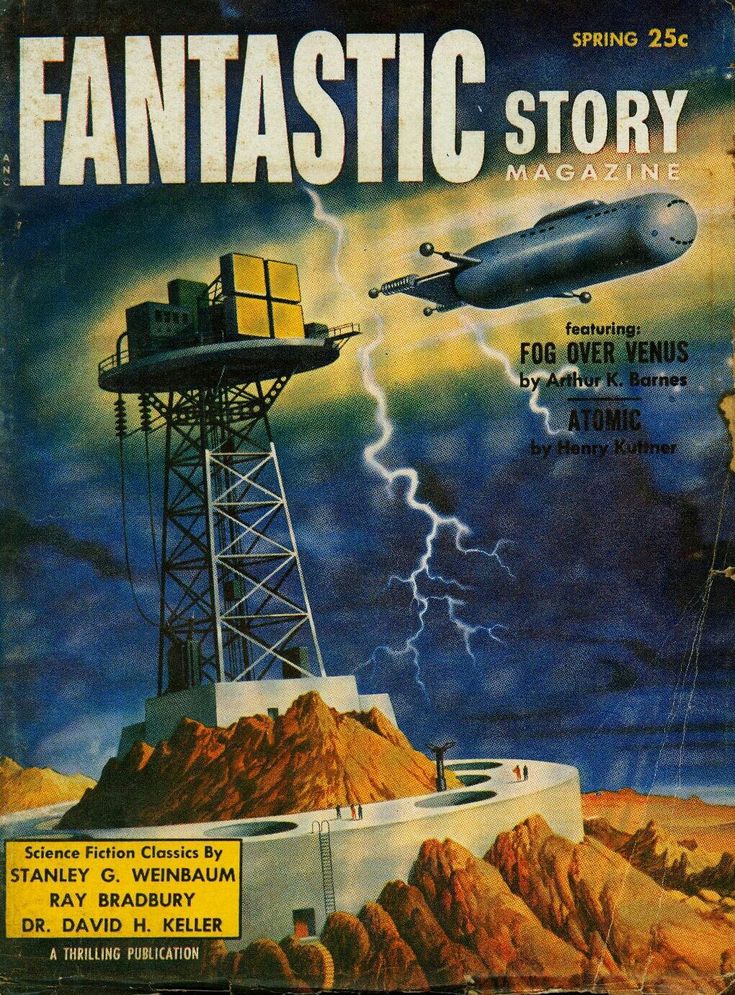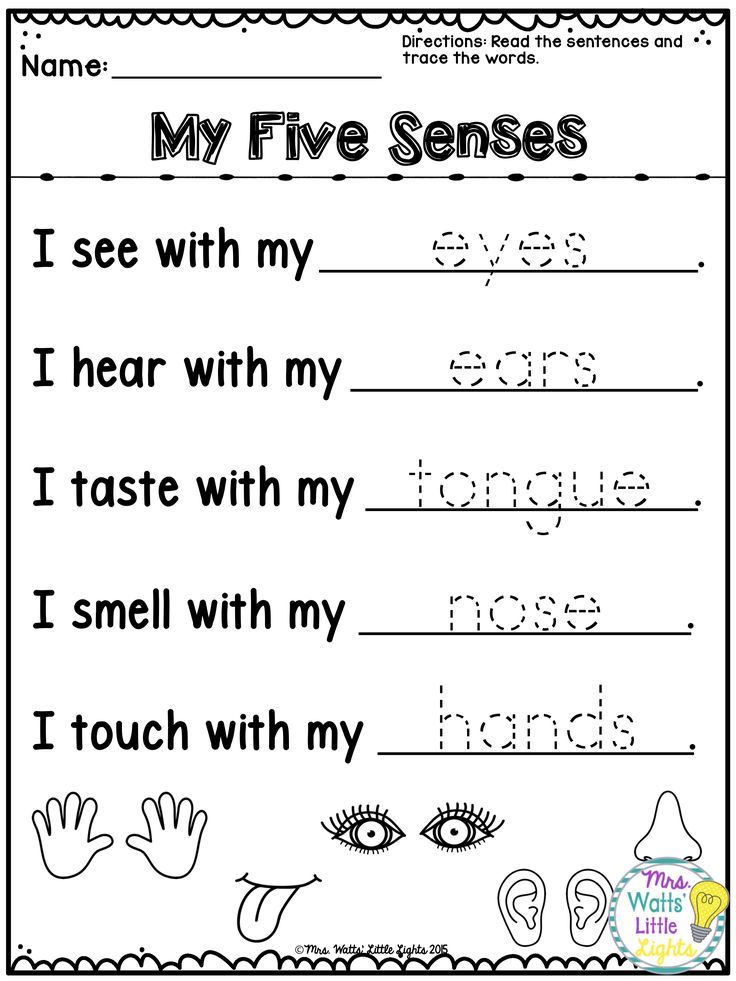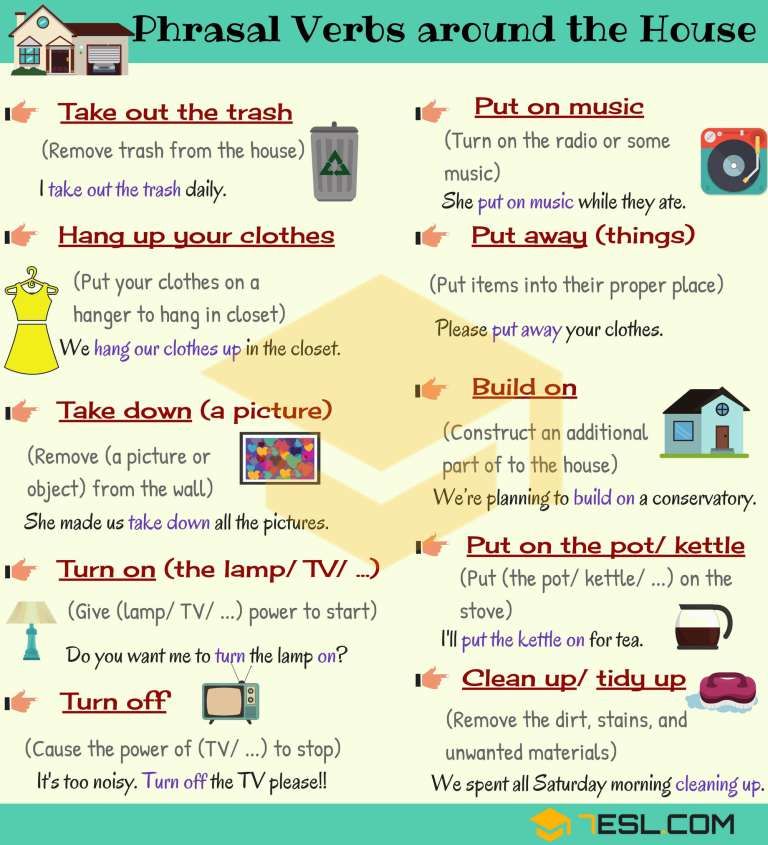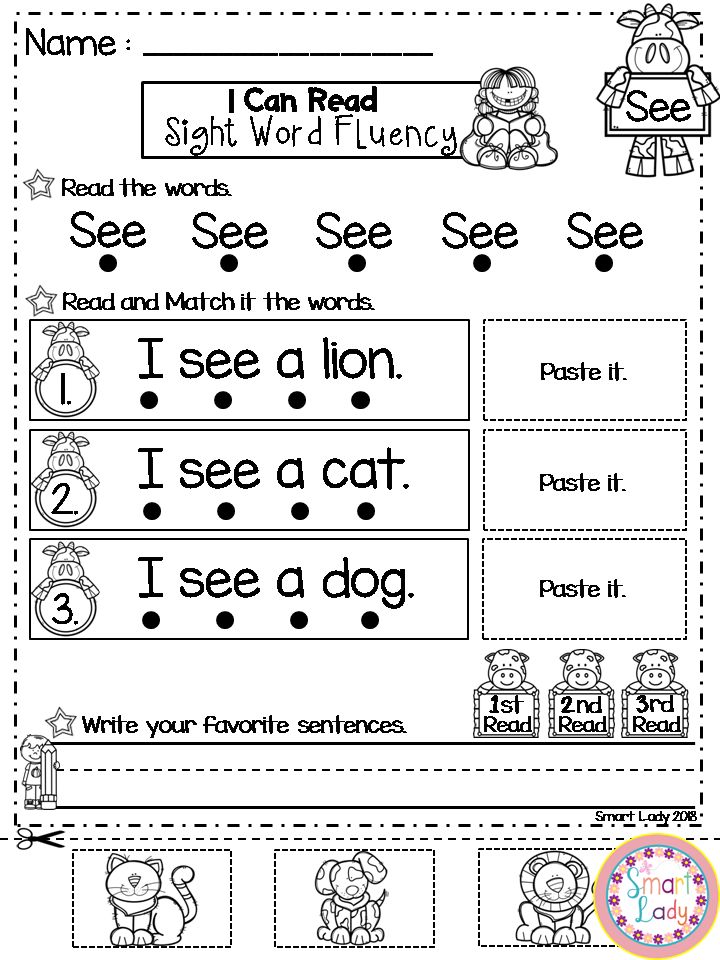Teaching adjectives to kindergarten
5 Fun Activities for Teaching Adjectives in the Primary Grades
Need some fun ideas for teaching adjectives to your Kindergarten, 1st, or 2nd grade students?
Keep reading for some engaging activities!
Activity #1: Have students use adjectives to describe a real object.When I first begin teaching about adjectives, I like to point out that kids already know a lot of describing words!
I have them practice describing an interesting object (preferably, something related to a science or social studies unit).
Sometimes I give them a checklist for help (like this one from my Kindergarten Grammar Alive pack):
Partners or small groups can share their describing words with the class, and we make a big chart of adjectives that we add onto during future lessons.
Activity #2: Have younger students explore opposite adjectives and what they mean.With my Kindergarteners, I don’t go too far in-depth with teaching about adjectives.
But I do teach them about describing words that are opposites! We think of real-life examples of things that can be described as hot or cold, large or small, etc.
I also read aloud this “opposites” book to them to reinforce the opposites vocabulary:
Activity #3: Have students sort adjectives vs. non-adjectives.Once students are beginning to understand the concept of adjectives, I have them practice differentiating between words that are adjectives and words that are not adjectives.
A simple word sort is a great way to practice this:
(An adjectives vs. non-adjectives sort is included in my First Grade Grammar Alive resource.)
Activity #4: Work with adjective shades of meaning.Once students understand adjectives, we begin to explore shades of meaning. In this ice pops activity, students put together puzzles by looking for adjectives that mean something similar:
This ice pops adjectives activity comes from my Second Grade Grammar Alive resource!
Activity #5: Have students add adjectives to their writing!One of the main reasons we teach students about adjectives is so that they can use them to add details to their writing!
Once students understand what adjectives are and can come up with some examples, I model how to use describing words in writing.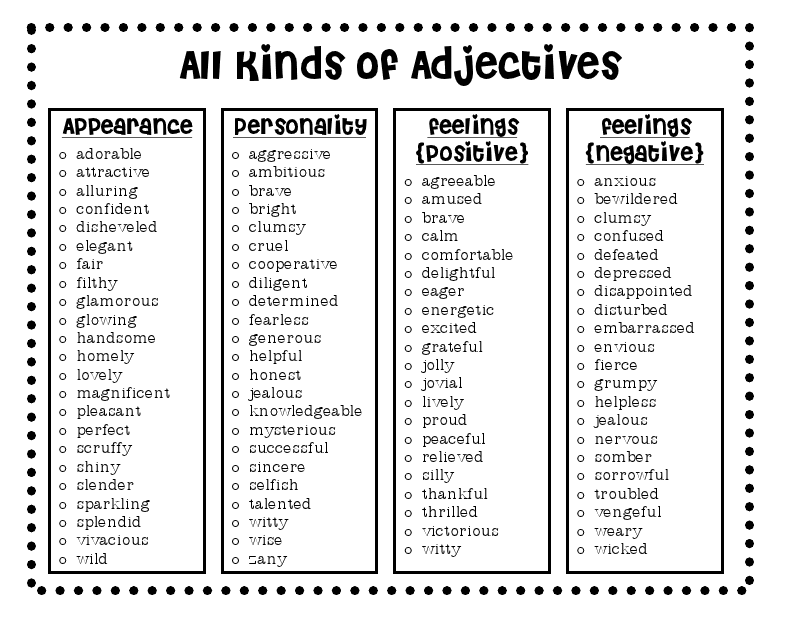
If we’re writing narratives, I model how to add adjectives to describe…
- A character
- The setting
- An important object in the story
If we’re writing informational / nonfiction pieces, I model how to add adjectives to describe…
- An animal or plant’s appearance
- Ingredients or materials needed for a how-to piece
If we’re writing opinion pieces, I model how to add adjectives to…
- Convey an opinion
- Describe a food, toy, restaurant, movie, etc. that I’m writing about
Once I’ve modeled, I ask the kids to take a piece of writing that’s finished or nearly finished. With a partner, they try to add at least 2 adjectives.
Then, in future writing lessons where we talk about adding more details, I remind them that they can use adjectives to add more detail to their writing.
More Adjectives Activities and Other Grammar Resources for K-2For these and other adjectives activities (and lots of other grammar materials!), check out my Grammar Alive! bundles for Kindergarten, first grade, and second grade.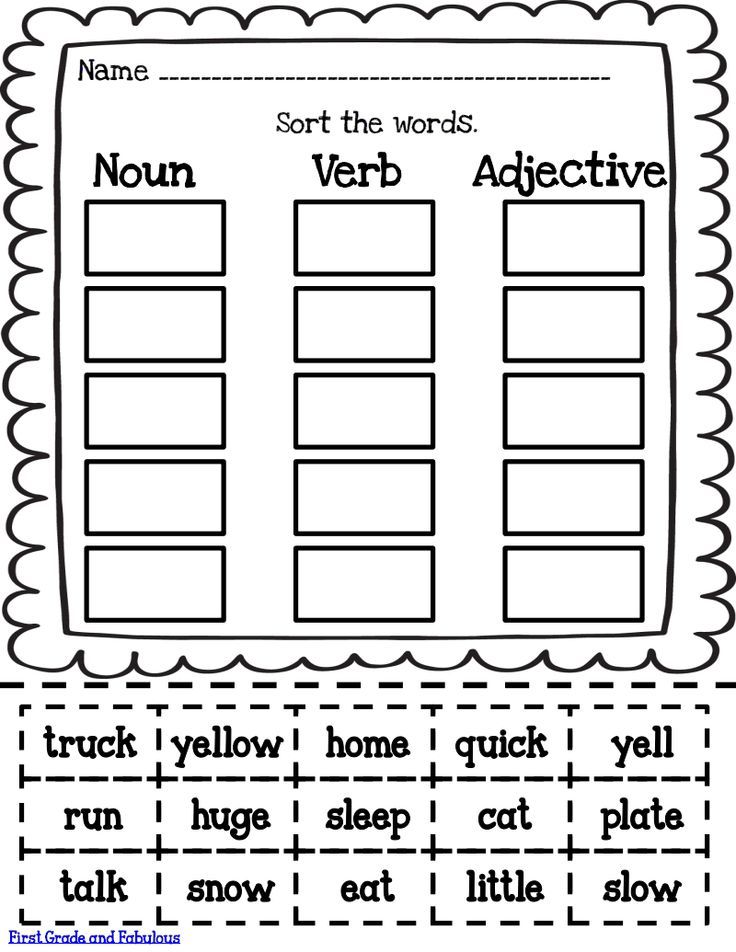
I designed these resources to follow best practices for grammar instruction – but also be full of fun, active learning experiences for my kids!
Or if you already have a grammar curriculum but you need independent practice activities, check out my BoomCardsTM Grammar Games! These are digital grammar activities that your students can use on any computer, chromebook, or tablet with internet.
My students love BoomCards, and the audio explanations are great for providing support even when students are working independently!
Happy teaching!
Primary Grammar ADJECTIVES - with free activities! — Keeping My Kiddo Busy
GRAMMAR UNIT 2: ADJECTIVES
I am so excited to share unit two in my primary grammar series!
We are learning all about adjectives in this unit, and it works perfectly if you just completed Primary Grammar Unit 1: Nouns.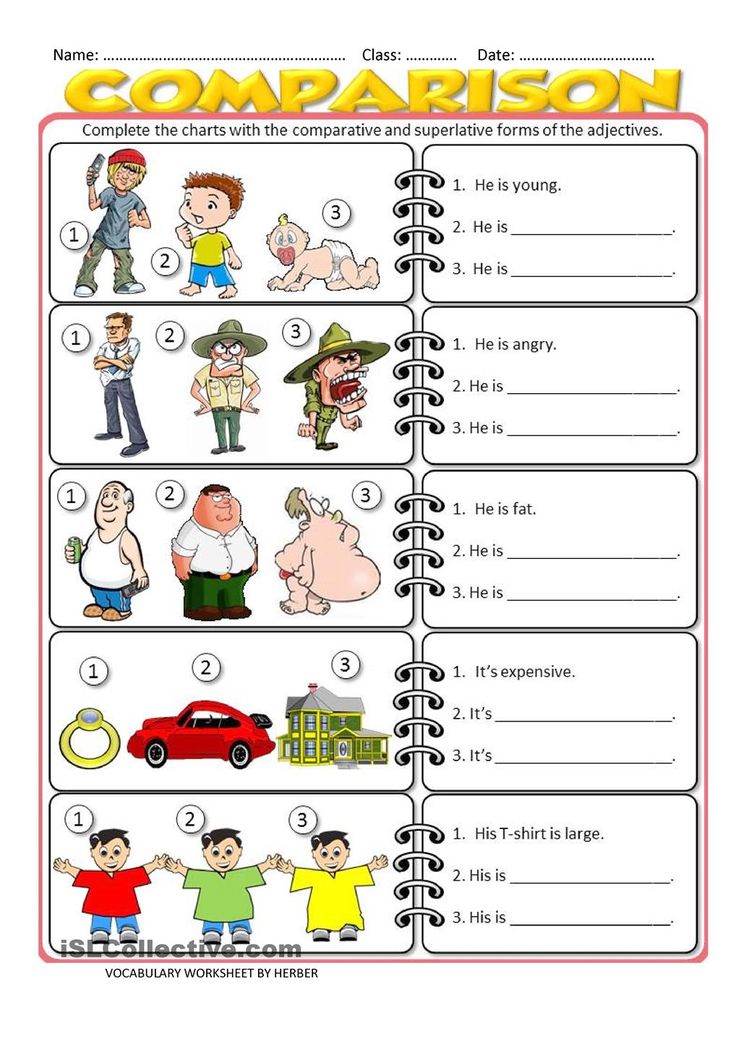
I know a lot of people first teach nouns, and then jump to teaching verbs.
I have had better success teaching adjectives right after we learned about nouns.
Adjectives describe nouns, so seeing how they work together makes so much more sense to students.
Ready to teach your primary students about adjectives in a way that will actually STICK with them?!
Let’s get started.
My kids are little noun experts since we just finished unit 1. Now we are learning about describing those nouns with details.
These are the slides that I show in lesson 1. I tell them that adjectives answer the question what kind?
What kind of snow? white snow
What kind of boy? a silly boy
What kind of horse? a fast horse
-
What kind of rocks? round rocks
HERE IS A FUN VIDEO TO HELP INTRODUCE ADJECTIVES
Tip: watch this video at the start of your grammar lesson each day for at least a week.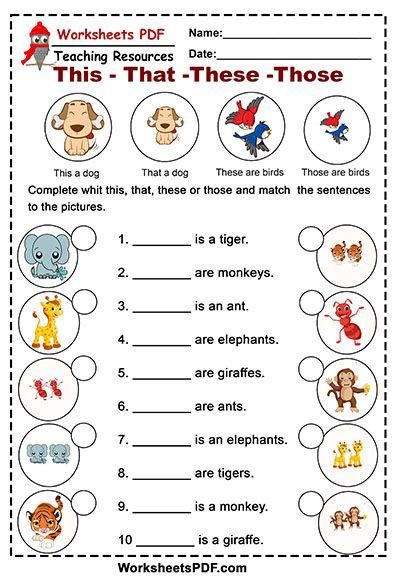
I tell students our words can paint a picture in someone’s mind by describing a noun with as many details as possible.
We go over the anchor chart shown to your left. I hold up objects (nouns) and they use put an adjective in front of the word.
For example: blue basket, sharp pencil, yummy candy, etc.
Our first activity will be to describe popcorn! I tell them to pretend they are explaining popcorn to someone who has never tried it before.
The adjectives to describe popcorn are provided for the students.
When they are done gluing the adjectives around popcorn, I can have them write more adjectives on the back.
They are starting to get the hang of adjectives, and they are already wanting to show me they understand.
The next couple of lessons are so much fun! We are doing adjective sorts.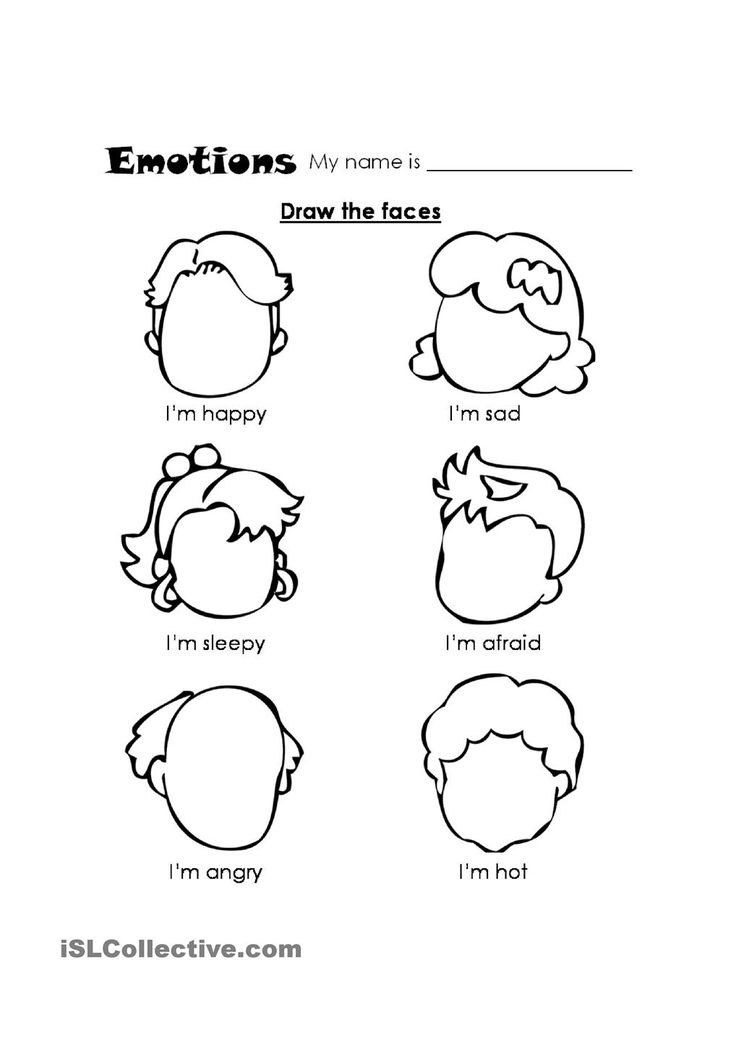 The mats are color coded for scaffolding, and I prefer to laminate them for durability (optional).
The mats are color coded for scaffolding, and I prefer to laminate them for durability (optional).
After they complete the color mats, there are coordinating follow up activities.
We talk about choosing adjectives to describe specific nouns. For example, yummy would not describe a turtle, but it is the perfect adjective for a cheeseburger!
I have them sort the color adjectives between two picture mats, and then they complete the two follow up activities:
Cutting and pasting the same coordinating adjectives (shown to the right)
Writing the adjectives both before and after the noun in each sentence (shown above)
Seeing the same pictures and words/adjectives is very helpful for students.
Plus, once they do these activities today, tomorrow and the next day are a breeze because the activities are the same.
The adorable theme changes along with the describing adjectives.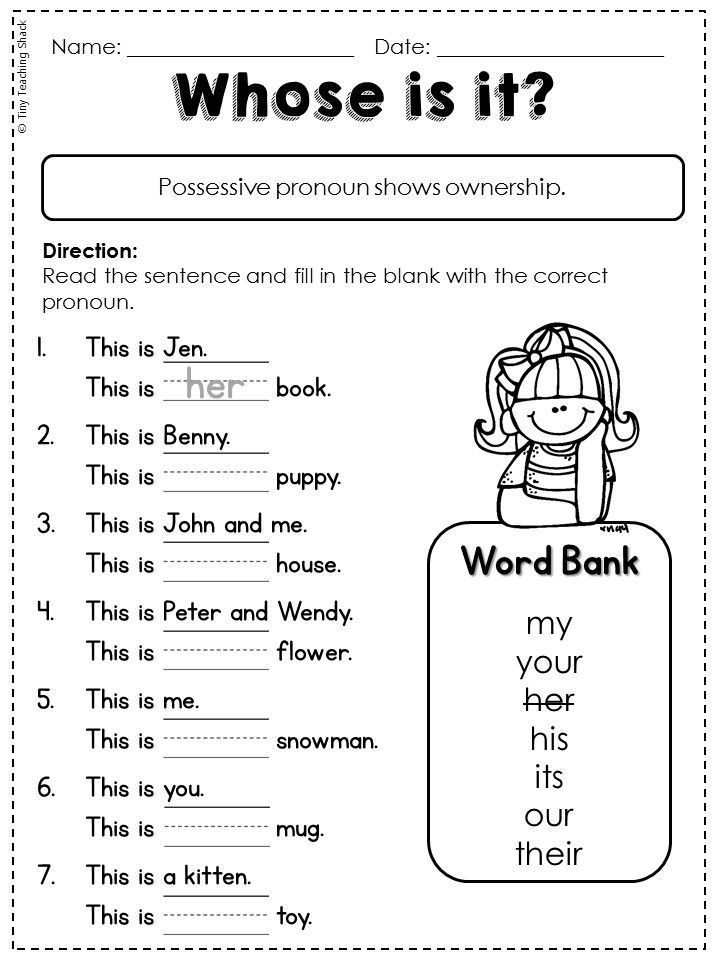
On lesson 2, we do the turtle and the cheeseburger, on lesson 3 we do the fox and the beach and then lesson 4 we learn about the adjectives that describe the fireman and arm chair.
All three of these lessons follow the exact same format of sorting color mats, then coloring and sorting with the cut/paste adjectives and finally the worksheet of filling in the adjectives.
I love how many adjectives they are learning - it so is cute to hear them say things like “the cozy arm chair” or “ the brave fireman.”
Now that they have some background with adjectives, I teach students that adjectives come from using our fives senses.
The cut and paste activity is differentiated and you can use one or both.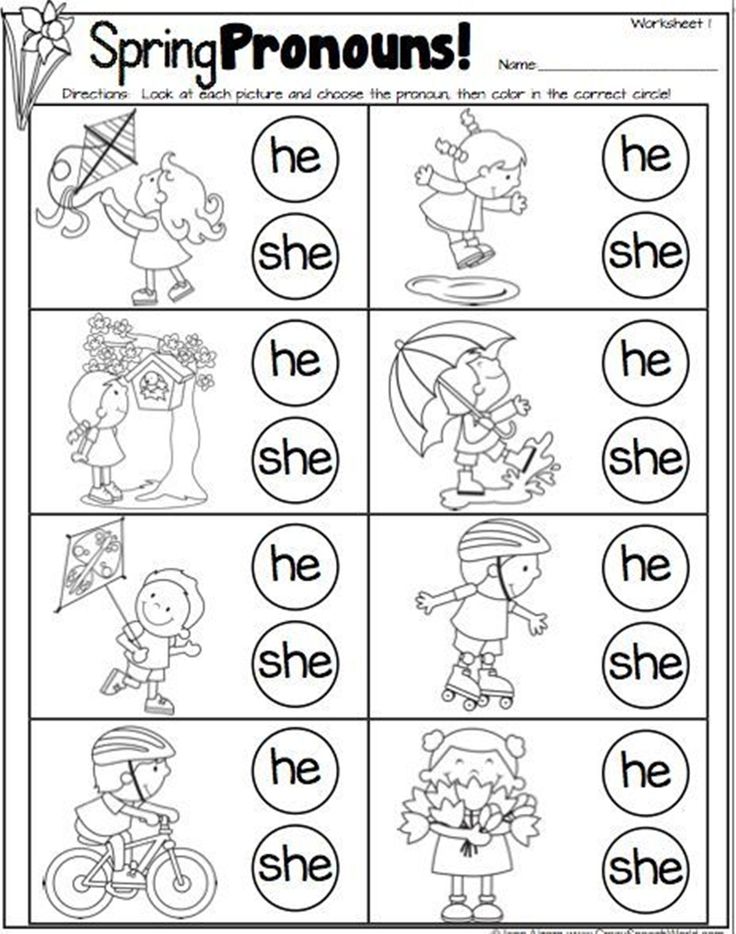
I tie this back to the popcorn lesson - I remind them of the adjectives we used to describe popcorn and how they come from all our senses - crunchy (hearing), bumpy (touch), salty (taste), etc.
I circle back to explaining that adjectives answer these three questions:
Which one?
What kind?
How many?
I actually sing this over and over again and have the kids join me so it sticks (if you don’t sing… just chant over and over!)
The activity pages coordinate perfectly, and they use the slides shown above to fill out the first worksheets. Then they can practice the second on their own.
During the next few lessons, we are solidifying how adjectives are used in a sentence.
I teach my students that adjectives often come right before nouns (shown on left.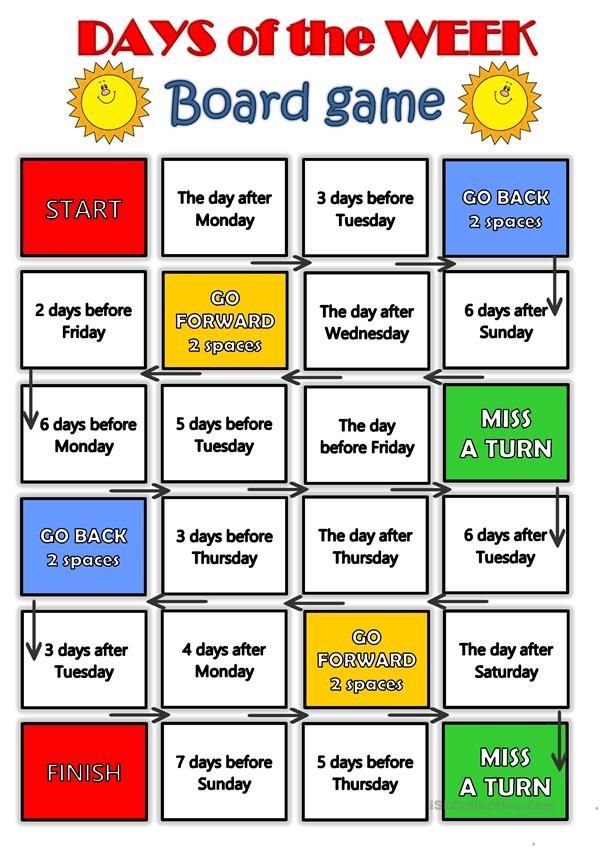 ) This is a very common way adjectives are used in sentences.
) This is a very common way adjectives are used in sentences.
They can also come after the noun connected by “to be” verbs such as is, are, was, etc. (shown on right.) These are the two most common ways adjectives are used in simple sentences.
We do a whole group activity, and then use this activity page. I also have students write adjectives on their own!
My goal is for students to see the pattern in how nouns and adjectives work together in sentences.
I also include sentence building activities, where students build two sentences using the same nouns and adjectives, but the sentence is in a different format. This is so helpful for students to see the patterns within sentences.
Differentiated versions are included, and everything is planned out for you!
This next activity is so much fun, and we spend several days on it. Children absolutely love it, and learn so much from it.
Students match the adjective with the noun, and then we practice using them both in a sentence.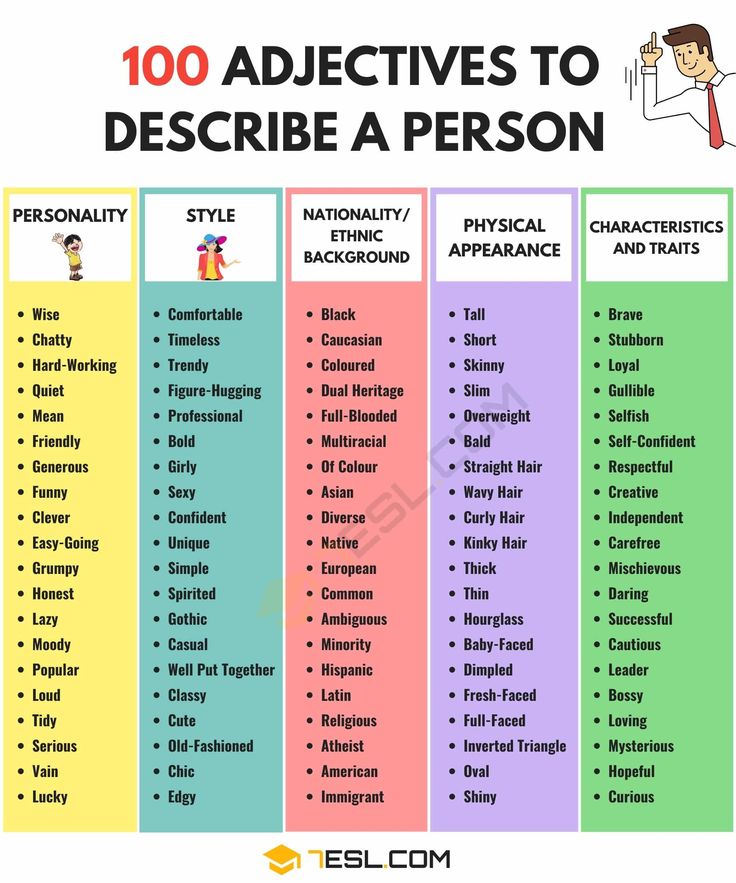 I challenge them to make two sentences each (orally) using both common sentence structures (adjective directly before the nouns, and then adjective after the noun and being verb.)
I challenge them to make two sentences each (orally) using both common sentence structures (adjective directly before the nouns, and then adjective after the noun and being verb.)
This sounds tricky, but they get the hang of it!
For example:
It is so important to start with having students orally make sentences. You want them to get comfortable simply paying with language and how to form different sentences using the same words.
Have them produce a sentence orally and then they can move on to writing it on the coordinating writing pages.
We spend several days on this activity - we play memory, matching, go fish and other games with the cards. Each day they can fill out one of the activity pages by writing complete sentences.
They will learn and grow so much during these few short dosed, and it is so fun to be a part of!
Next, we move on to adjective hunts! It is a similar format to my noun hunts, and they are simple, straightforward and fun for the kids.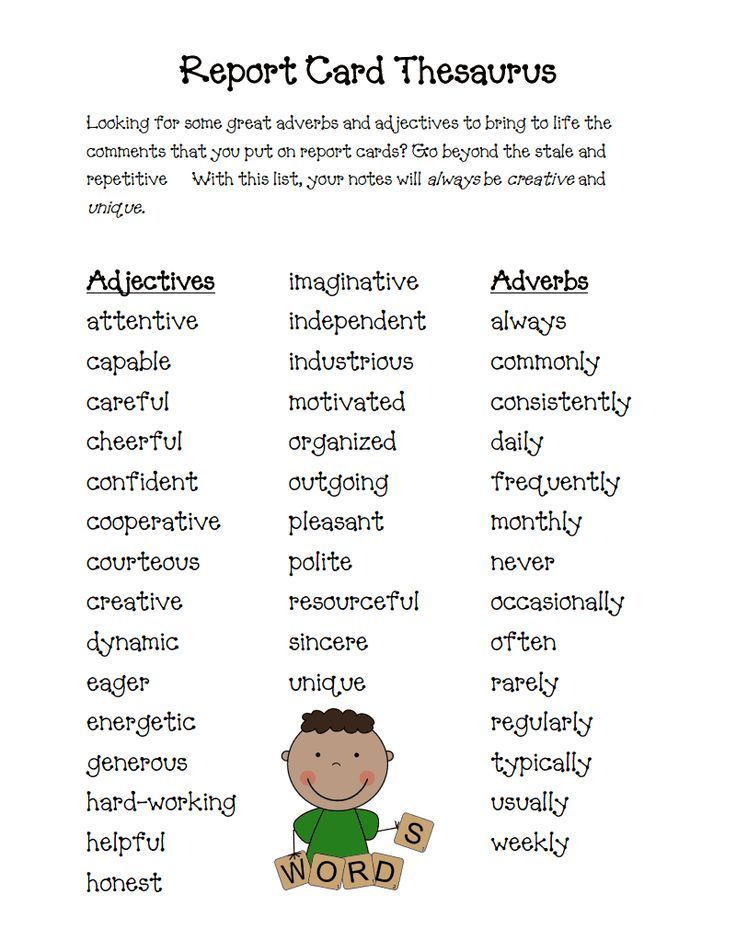
This builds right where we left off with the noun hunts.
Children locate a noun in the picture and write it on their paper. Then, they write an adjective to describe that noun.
At the bottom of their paper, they choose one set and write a complete sentence.
They can they trade papers with a partner to see which nouns and adjectives are the same and different than each other.
We spend at least two days doing these, and it is so fun!
Next, we move on to rewriting sentences using adjectives. I call it adding sprinkles to their writing!
The first activity they cut out “sprinkle adjectives” and glue it to ice cream.
The next day, students add “sprinkles” to the sentences by rewriting the sentences using adjectives.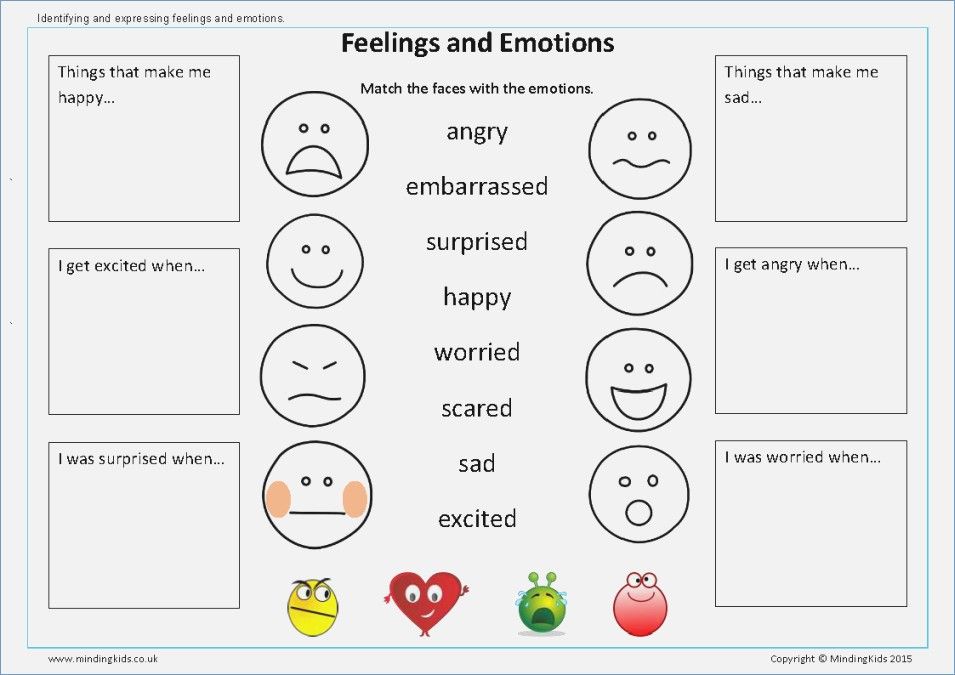
Your kiddos will be so engaged with these lessons!
We are nearing the end of the unit, and now we are applying what we learned with the activities below.
MYSTERY BAGS!
The kids love this lesson!
We do mystery bags, and the kids have to reach their hands into the bag and write adjectives to describe what they feel.
They can then make a prediction on what they think the object inside the bag is.
Some ideas of objects to put in the mystery bags are uncooked spaghetti noodles, silly putty, play dough, grapes, yarn, beads, and pipe cleaners.
The possibilities are endless! The recoding page has two mystery bags for students to record their adjectives and predictions, but if you copy it front to back you could do four mystery bags.
This is such a fun lesson, and the kids will remember it for a long time when you talk about adjectives in the future.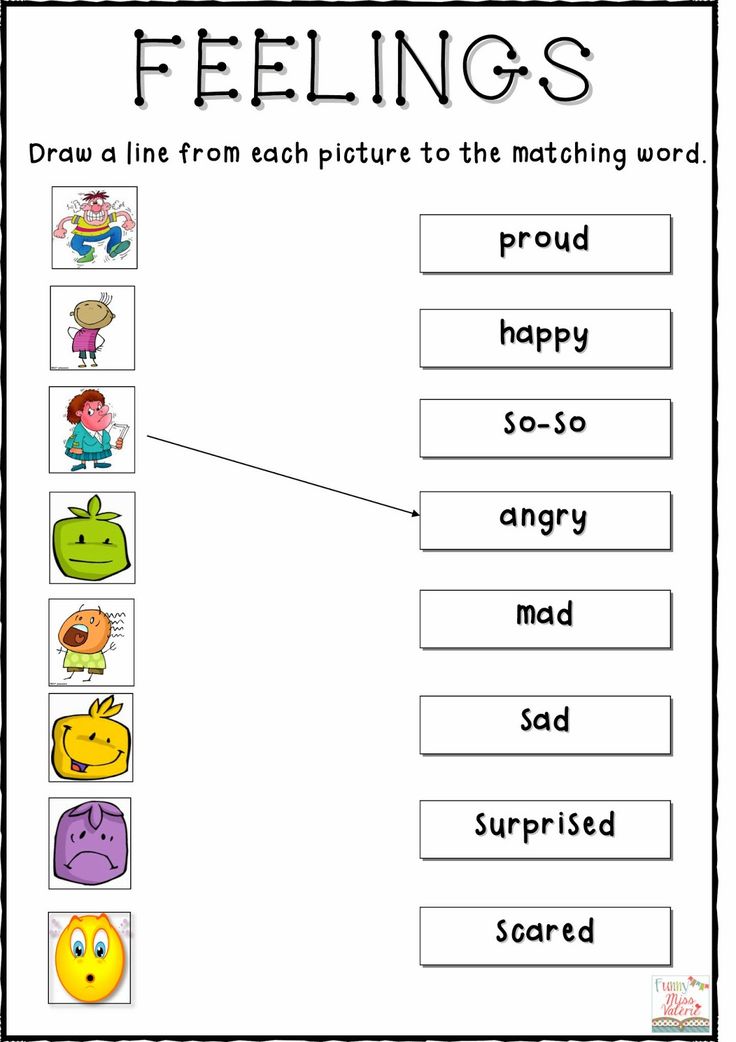
I love doing lessons that really stick with them, and master bags are a sure way to help students remember that adjectives describe nouns.
These worksheets are a great way to check for understanding to see if your students are grasping adjectives.
The next two lesson are focused on comparative and superlative adjectives. I don’t focus on them mastering this yet, but it is a great introduction.
FYI: ELL students will have a harder time with this concept. We spend two days on these lessons.
Our last few days with adjectives are spent with animals! This is so cute.
Kids love anything to do with animals.
I provide a word bank, and students write sentences with adjectives describing each animal.
Both color and black and white options are included for each animal. It is so fun, because everyone’s sentences will be different, and it is perfect to take time to share with each other.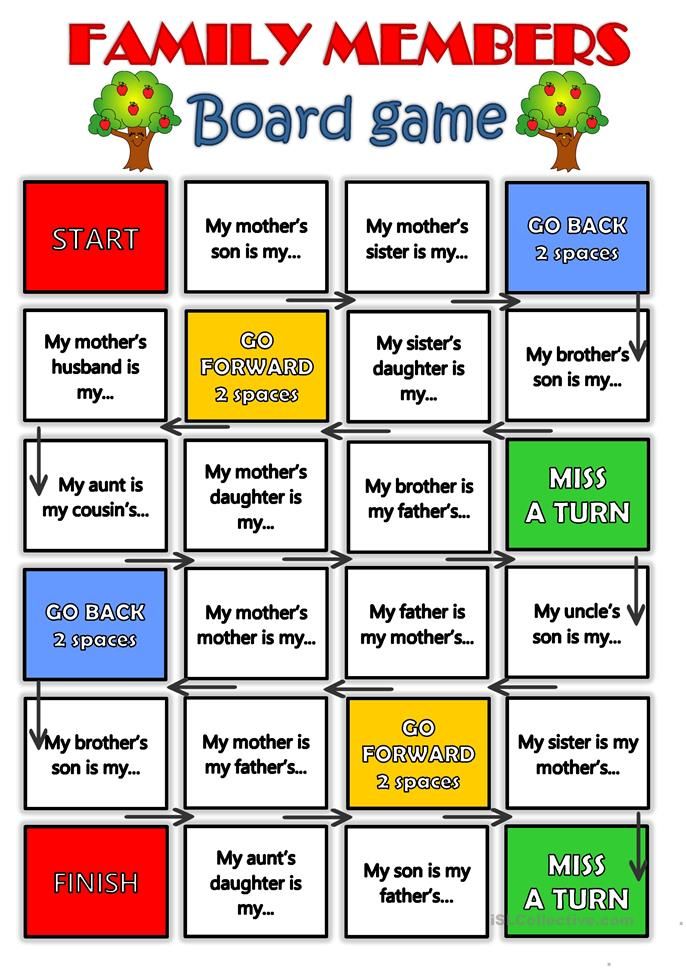
“My students love to do these activities. It is so refreshing to buy a resource that I know will engage my students and be fun for them.”
“This resource was amazing! I love the differentiation with this product. The activities are perfect for whole group, independent work, and small group. My students love using this amazing tool.”
CLICK HERE TO PURCHASE
CLICK HERECLICK HERE TO VISIT MY PRIMARY GRAMMAR HOMEPAGE
[email protected]grammar, adjectives, nouns, english, language arts, first grade, kindergarten, second grade2 Comments
0 LikesSubject: relative adjectives | Outline of a lesson on the development of speech (preparatory group) on the topic:
Topic: relative adjectives.
Purpose: to teach children to include relative adjectives in sentences;
Tasks:
- exercise children in the use of relative adjectives;
- learn how to form relative adjectives and use them
in sentences;
- learn to make 4 complex sentences;
- develop visual and auditory memory;
- develop fine motor skills;
- to educate to listen and hear each other;
Equipment: subject pictures, sacks of cereals, house model.
Course of the lesson
Organizational moment.
1. Speech therapist: Guys, Carlson came to visit us and ate all the jam. Let's see what he ate. Shows a jar of jam and asks the children to guess what kind of jam, if it is from cranberries, lingonberries, apricots, quince, etc. Correctly answered children sit down.
The main part
2. The game “What kind of soup did mom cook”
The children have cardboard plates in the shape of pots on the tables, pictures of various products are pasted on them: meat, chicken, fish, cereals, mushrooms, etc.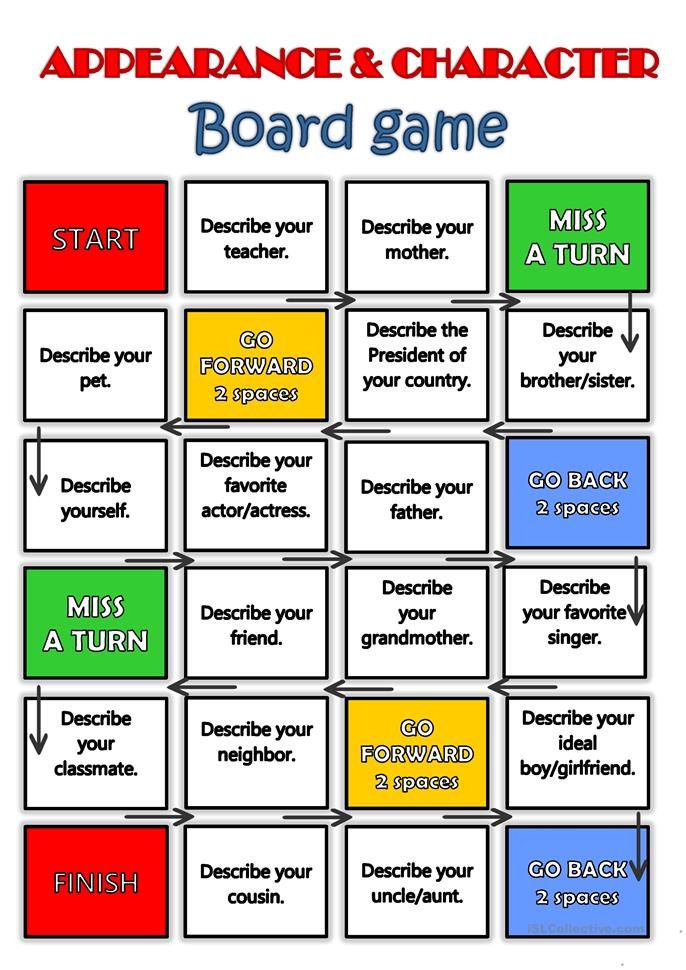
The speech therapist asks the children to answer with a sentence, what kind of soup did mom cook? Children, focusing on their picture, include definitions in the sentence: sorrel, vermicelli, mushroom, vegetable, etc.
2. "Sacks of cereals"
Guess what's in the bags? (buckwheat, millet, beans, rice)
What can mother cook with these products? (soup, porridge)
3. The game "Different houses"
The speech therapist puts building materials on the board and offers to guess what kind of house it is if it is made of logs, boards, stones, bricks, blocks, straw, etc. Children form the corresponding adjectives.
Physical education minute
Children stand near their chairs and follow the commands of the speech therapist only if they hear the word “please”.
Speech therapist drops commands: Hands down, please! Show your nose!
4. Ball game “Answer with one word!”.
The speech therapist throws the ball to the children in turn and at the same time pronounces phrases with prepositions: apple pie, chicken cutlets, meat broth, potato pancakes, cottage cheese casserole, etc.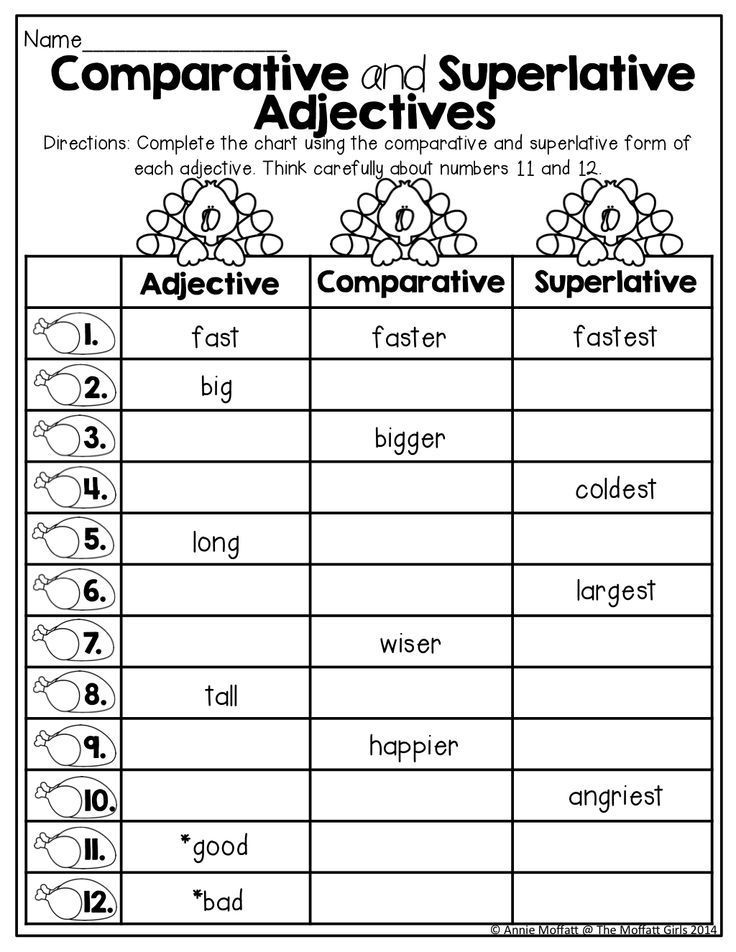 Having caught the ball, the child answers with a phrase with a relative adjective: apple pie, etc.
Having caught the ball, the child answers with a phrase with a relative adjective: apple pie, etc.
5. Game “Letter from Carlson”
“Carlson wrote us a letter. I began to read it, but did not understand anything - there are a lot of errors. Help me correct the mistakes and understand what Dunno wrote.
Today my grandmother came to me and brought me a present - a raspberry pie. But she said that we will eat it after we have dinner! Grandmother cooked pea soup, baked cottage cheese casserole and we sat down at the table. When everything was eaten, we cut the raspberry pie and began to eat it washed down with apple juice. I was very glad that my grandmother came!
Lena bought strawberry juice.
Papa brought zucchini caviar.
Mom made mashed potatoes, etc.
They bought me strawberry ice cream.
Grandmother bakes a fruit pie.
We drank a cranberry drink.
Dima eats blueberry jam.
Ira doesn't like fish soup.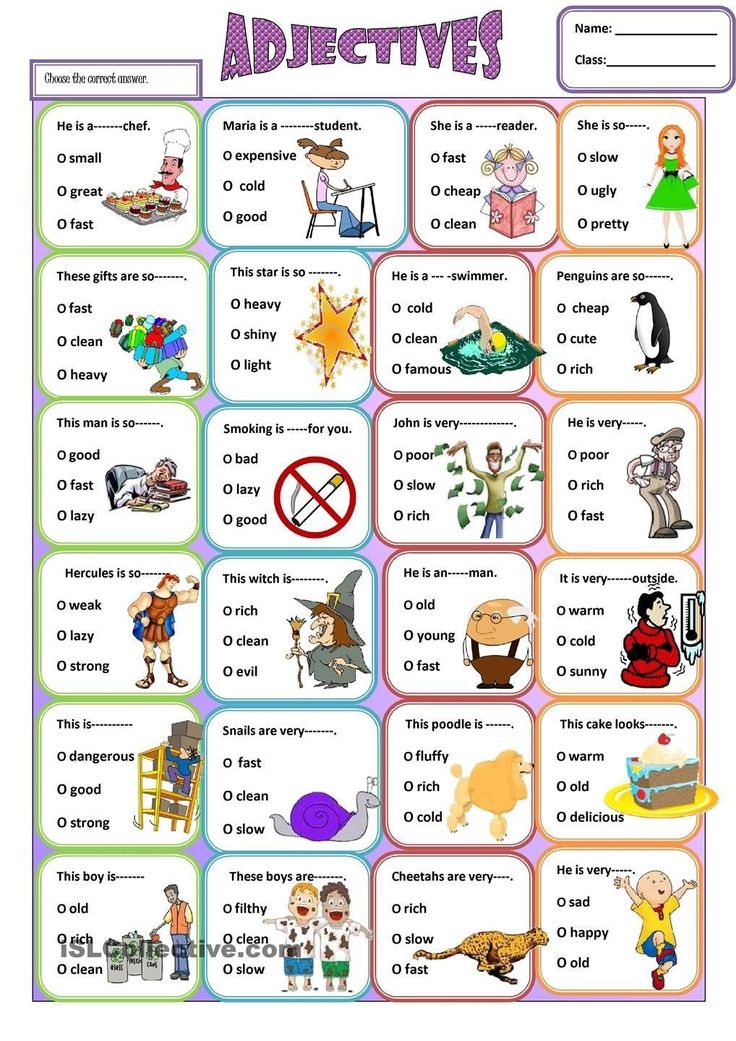
Ilya eats a chocolate candy.
6. Bake pies with different fillings.
Children are given a picture of a cake and subject pictures of fruit. The child fastens a picture of a pie with any fruit and shares the result.
Shall we treat our guest with pies that we have baked? We will send him a package.
Total
What games did you and I play? What did you like the most? What game did you like the most?
Card file "Didactic games and exercises for the development of speech for preschool children"
Card file
games and exercises for the development of speech
for children preschool age”
Toy theme
Didactic game "Pick a sign"
Purpose: to learn match adjectives with nouns.
Doll (what?) - ..., ball (what?) - ...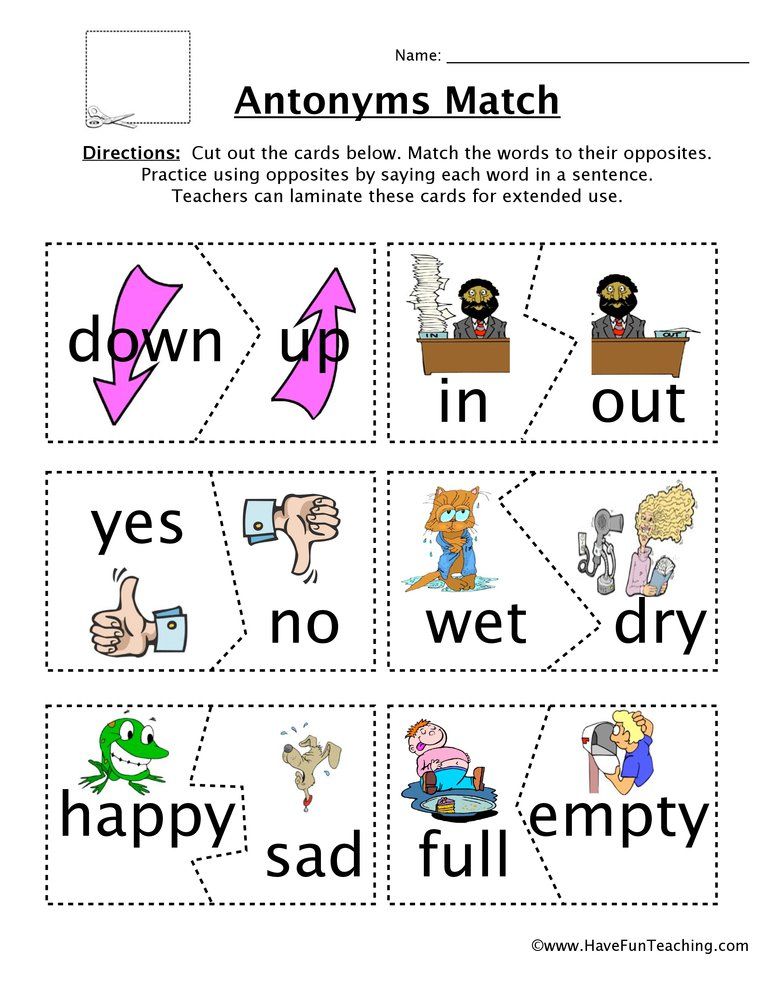 .
.
Didactic game "Call it affectionately"
Purpose: to teach to educate words using diminutive suffixes.
Ball - ball, doll - ...; bear - …; matryoshka - ...; Parsley - … .
Didactic game "Count"
Goal: exercise in agreement of nouns with numerals 1-2-5.
One ball, two balls, five balls, two dolls… .
Didactic exercise "What?"
Purpose: exercise in the formation of a sign from the subject.
Toy - toy, doll - doll, table - desktop, mirror - ... .
Theme "Garden, vegetables»
Didactic game "Potato"
Purpose: to learn to make sentences with a specific verb. To consolidate children's knowledge about the work of adults in gardens, fields.
Children are invited to remember about work vegetable growers. Then come up with a sentence with a given word - action.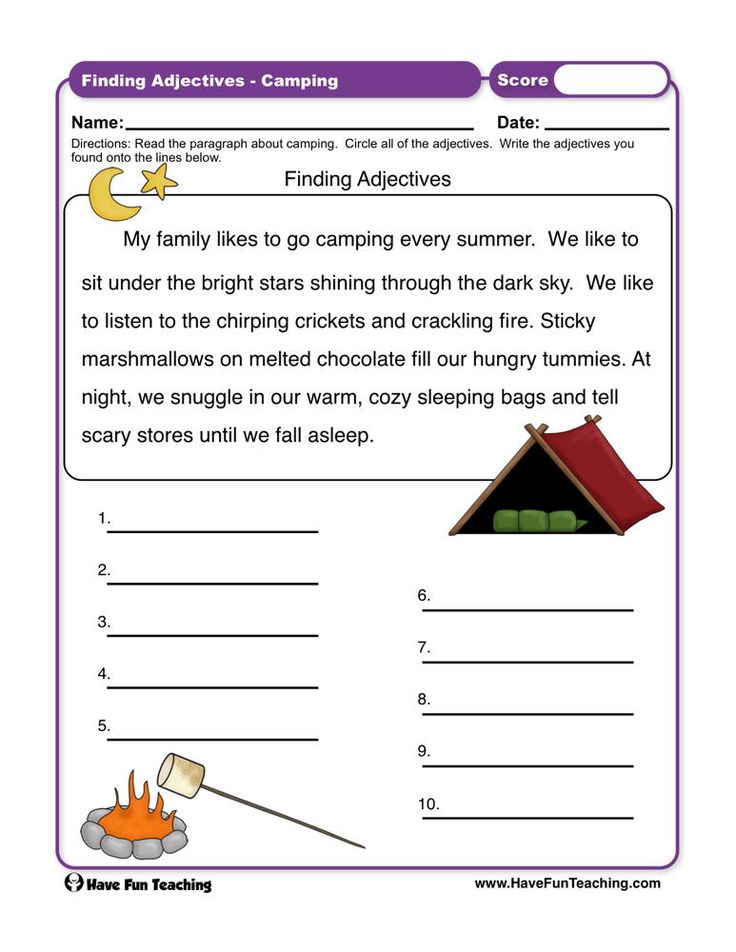
Dig In the spring they dig the ground for planting potatoes.
Care to grow up good harvest, plantings need to be looked after.
Watering In summer the sun is very hot, so you need to water the plants.
Pull out weeds pull out so that they do not interfere with the growth of potatoes.
Loosen
Dig
Cook
Didactic game "My favorite vegetable"
Purpose: to consolidate knowledge children about vegetables. Develop connected speech.
Material: dummy vegetables or pictures depicting vegetables, a plan - a diagram for compiling descriptive stories.
The teacher asks each child to choose any vegetable and tell about it according to the scheme.
Legend:
Question mark - what is it?
Bed - where does it grow?
Colour, shape.
Value.
Salt shaker - taste.
Man - how he uses.
Didactic game "What?"
Purpose: teach form relative adjectives on the topic "Vegetables".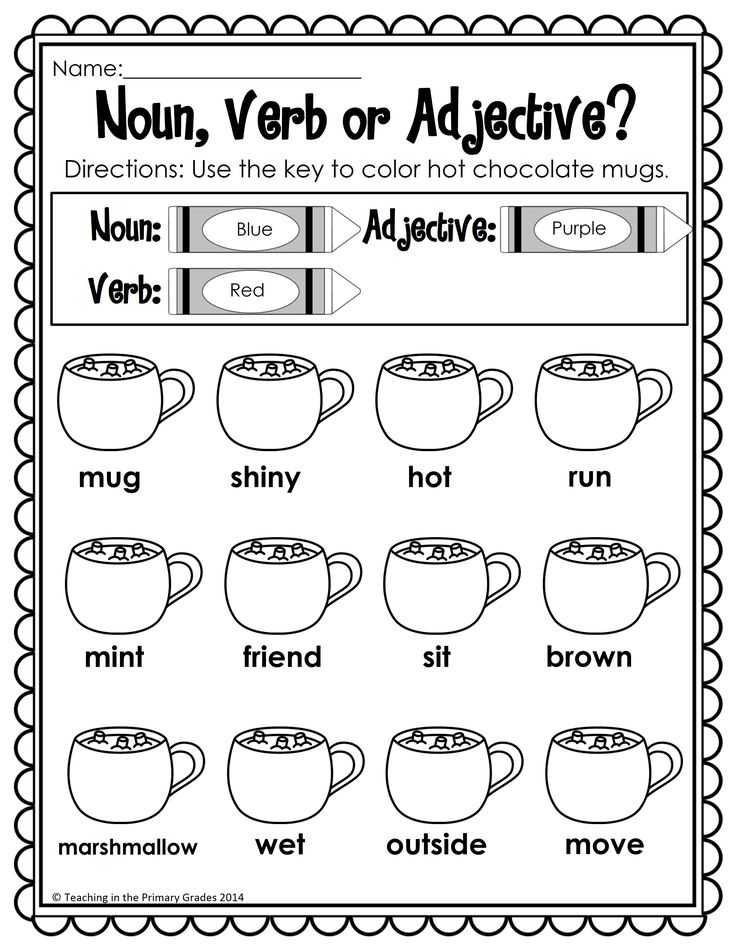
Material: ball.
Vegetable soup - vegetable, carrot salad - carrot ... .
Theme "Garden, fruits»
Didactic game "Which one?"
Purpose: teach form adjectives from nouns.
Material: ball.
Orchard and apple. Apple orchard.
Orchard and pear. Pear garden.
Pear and jam. Pear jam.
Peach and juice. Peach juice.
Pomegranate and juice. Pomegranate juice.
Apple and pie. Apple pie.
Apple and puree. Applesauce.
Pineapple and jelly. Pineapple jelly.
Didactic game "Find out by description"
Purpose: to learn make descriptive riddles about berries, fruits.
Ask the children to make their own a descriptive riddle about berries or fruits: “Oval, hard, yellow, sour, put in tea ”(Lemon).
Didactic game "My favorite fruit (berry)"
Purpose: to learn make descriptive stories about berries, fruits.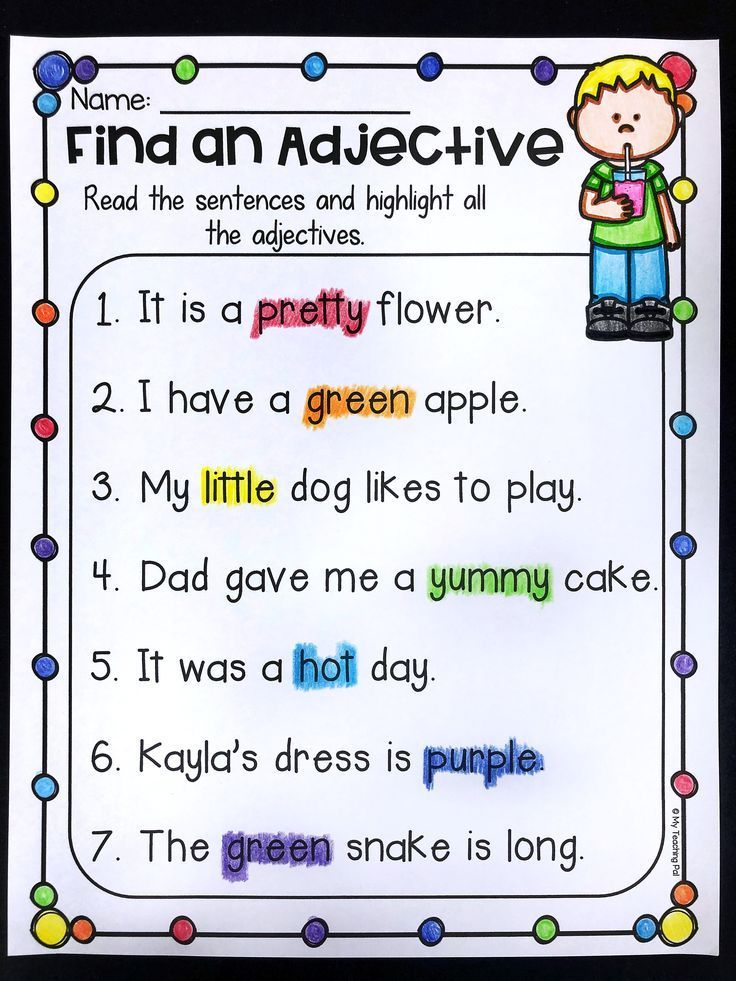
Have the children write descriptive stories about fruits and berries according to plan:
What is this?
Where does it grow?
Appearance.
What does it taste like?
What is prepared from it?
Didactic game "Compare"
Purpose: to learn write comparison stories.
Have the children make comparisons stories about cranberries and raspberries, about apples and lemons, about cucumbers and tomatoes.
Theme “Gifts of the forest. Mushrooms»
Didactic game "Find out by description"
Purpose: to teach descriptive stories about mushrooms.
Material: pictures with picture of mushrooms.
Option 1. Adult unfolds in front of children pictures, describes the appearance, and the children should name them: “Grow up near stumps on long legs with brown hats. (Honey mushrooms)
Option 2. The child himself describes the external type of mushroom and invites children to recognize it.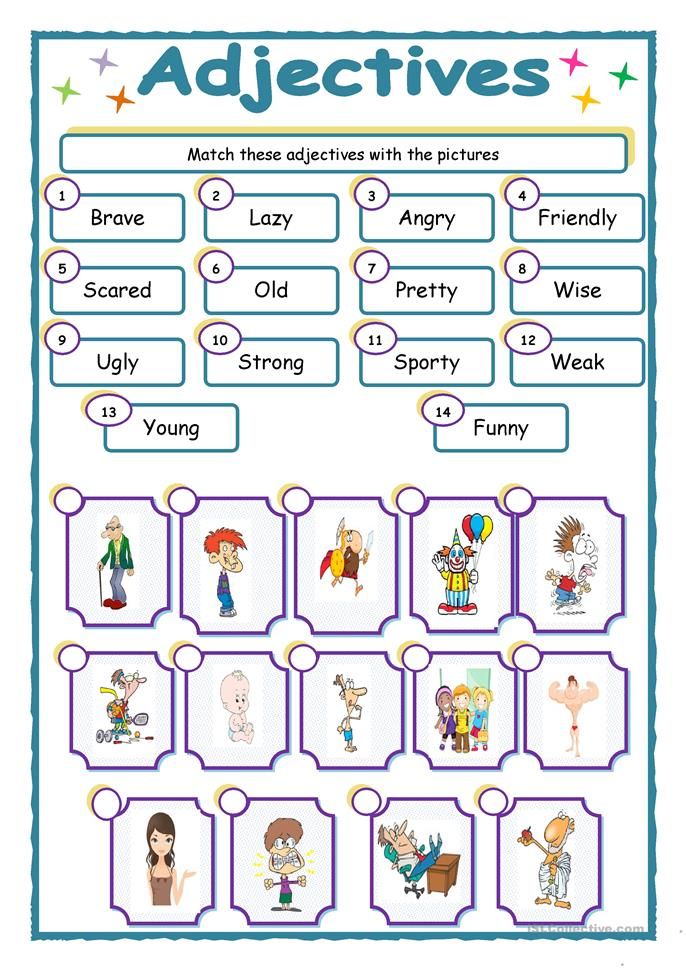
Didactic game "Finish the sentence"
Purpose: to form the skill select related words formed from the word mushroom , in accordance with the meaning of the poem.
Material: text poems.
Somehow early at times it suddenly started to rain… mushroom.
And at the same moment he left the house for the forest … mushroom picker.
To bring the catch, took the basket for… mushrooms.
He walked for a long time into the wilderness of the forest - a clearing there I was looking for ... mushroom.
Suddenly, under the Christmas tree, on a hummock, he sees small ... mushroom.
And our lucky one instantly rejoiced... mushroom picker.
How can he not have fun if he is here in earth ... mycelium!
I began to look under the trees, under the birches and oaks,
Collect all edible… mushrooms in your basket.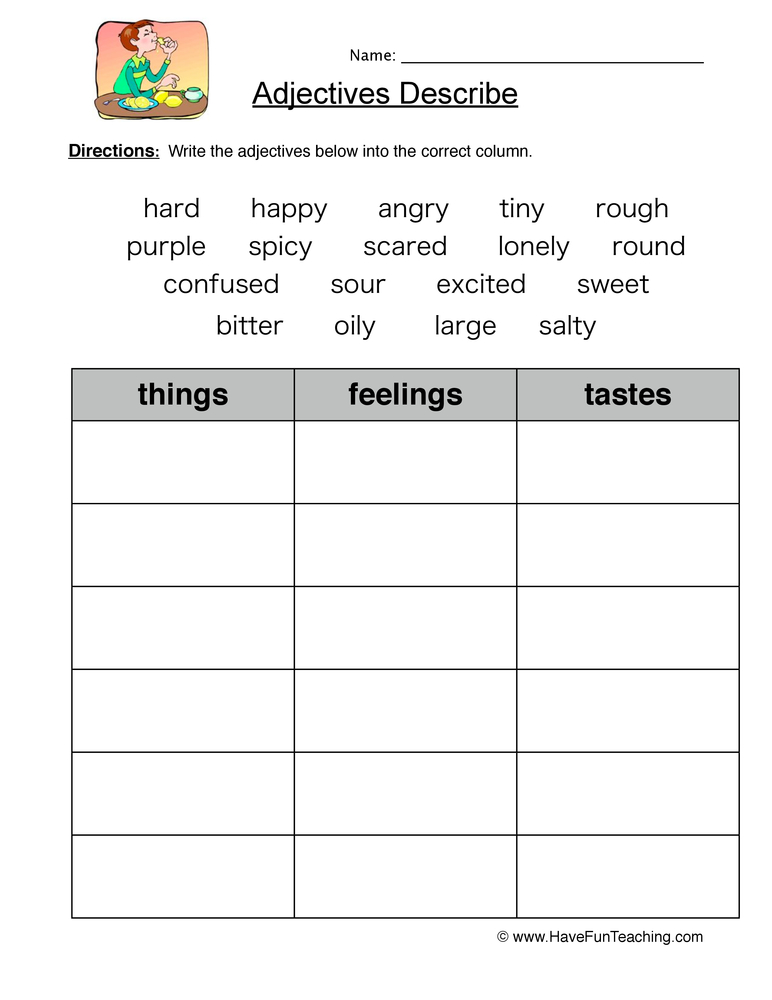
And when he collected a lot of them, he went home,
And he dreamed all the way how he would cook soup… mushroom.
He collected a lot of mushrooms, and mushrooms, and mushrooms,
And whoever searches for a long time will come across ... mushroom!
(T. Kulakova)
Didactic game "Divide into groups"
Purpose: fasten the ability to use possessive pronouns and divide words by generic signs.
Material: cards with pictures of mushrooms two baskets.
The teacher offers the children from the bank subject pictures choose mushrooms, about each of which you can say "he is mine" and put in one basket. In another - put pictures with mushrooms, about each of which you can say "she's mine" .
Didactic game "Count"
Goal: exercise in agreement of nouns with numerals
Invite children to count mushrooms, trees, leaves: one fly agaric, two fly agarics .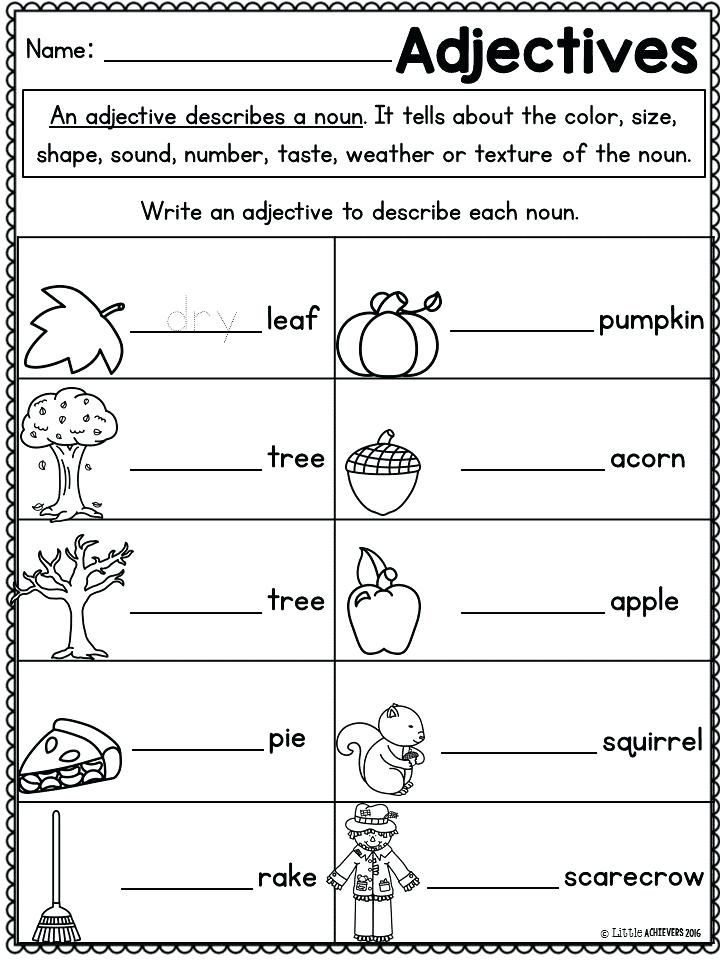 .. five fly agarics; one russula, two russula … five russula
.. five fly agarics; one russula, two russula … five russula
Theme "Autumn"
Didactic game: "Close words"
Purpose: to form the skill find synonyms for words. Develop accuracy in expressing thoughts making proposals.
Material: Tokens.
Cloudy days in autumn,… grey, dull…
In autumn the weather is often cold,… windy, rainy…
In autumn the mood is sad,… sad, dreary…
Rains in autumn frequent,… cold, torrential…
Gray clouds cover the sky,… dark, rainy…
There are clear days at the beginning of autumn,… cloudless, light…
It’s cold outside in late autumn,… cloudy, windy…
Didactic exercise "Pick up objects to signs"
Purpose: to teach to coordinate adjectives with nouns.
Autumn - day,… .
Autumn weather,… .
Autumn - sky,… .
Autumn - rains,… .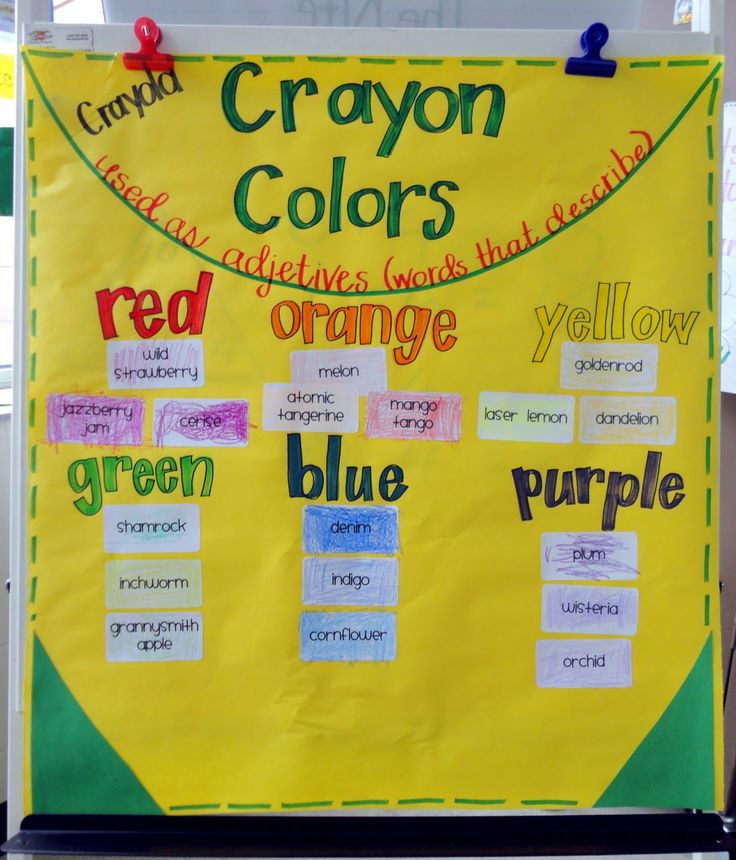
Theme "Wild Animals"
Didactic game "Whose, whose, whose?"
Target: : form skill form possessive adjectives.
Footprint (whose?) - fox, wolf ... .
Ears (whose?) - fox, wolf ... .
Head (whose?) - fox, wolf ... .
Didactic game "Whose tail?"
Purpose: form skill form possessive adjectives.
One morning the forest animals woke up and they see that everyone's tails are mixed up: the hare has the tail of the wolf, the wolf has the tail foxes, the fox has the tail of a bear .... The animals were upset. Is the tail suitable for a hare wolf? Help the animals find their tails by answering the question "Whose tail?" Here is the tail of the wolf. What is he? (gray, long). Whose tail is this? - wolf. A Whose tail is this - small, fluffy, white? - a hare ... etc. Now everything the animals found their tails.
Didactic exercise "Words - relatives"
Purpose: to exercise in selection single-root words.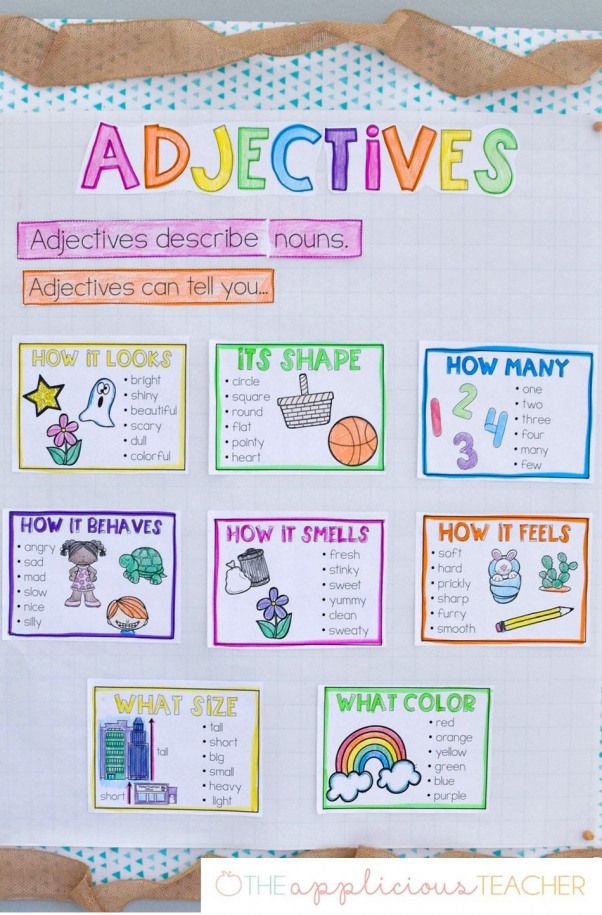
Bear - bear, bear cub, bear, bear (wolf, fox ...).
Didactic game "Who lives where?"
Purpose: exercise in using the prepositional case of a noun.
The fox lives in a hole. The bear hibernates in .... The wolf lives in... The squirrel lives in ... . The hedgehog lives in ... .
Didactic game "Count"
Goal: exercise in agreement of numerals with nouns.
First hare, second hare ... fifth hare.
One hare, two hares… five hares.
animals»
Didactic Name the Family game
Goal: children's knowledge about domestic animals and their cubs.
He is a cat, she is a cat, cub(s) - kitten (kittens).
He is a horse, she is a horse, cub(s) - foal (foals).
Didactic game "Who was who"
Purpose: to expand and activate vocabulary. Learn to form the instrumental form nouns.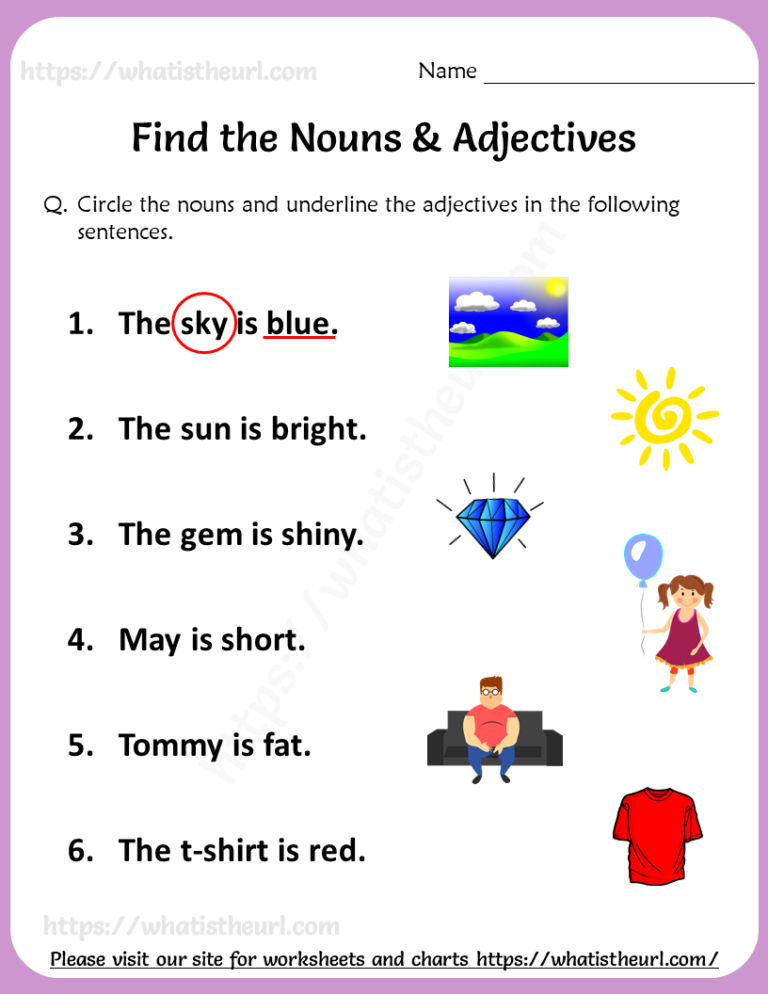 Fix the name of the baby animals.
Fix the name of the baby animals.
Material: subject pictures depicting adult domestic animals and their cubs.
- Who was the bull? - The bull was a calf.
- Who was the dog? - The dog was a puppy.
Didactic game "Guess who it is?"
Purpose: teach select an object for action.
(An adult asks a riddle, and a child guesses.)
Watching, chewing, barking? - ... .
Grunts, digs? - ... .
Neighing, running, jumping? - ... .
Meows, laps, scratches? - ... .
Mooing, chewing, walking? - ... .
(Then he makes similar riddles child.)
birds"
Didactic game "Whose nest?"
Purpose: teach form possessive adjectives from nouns.
Material: subject pictures migratory birds and bird nests.
Children look at pictures and name migratory birds.
Then the teacher shows pictures of the nest and birds, asks the question: "Whose nest?" The children answer.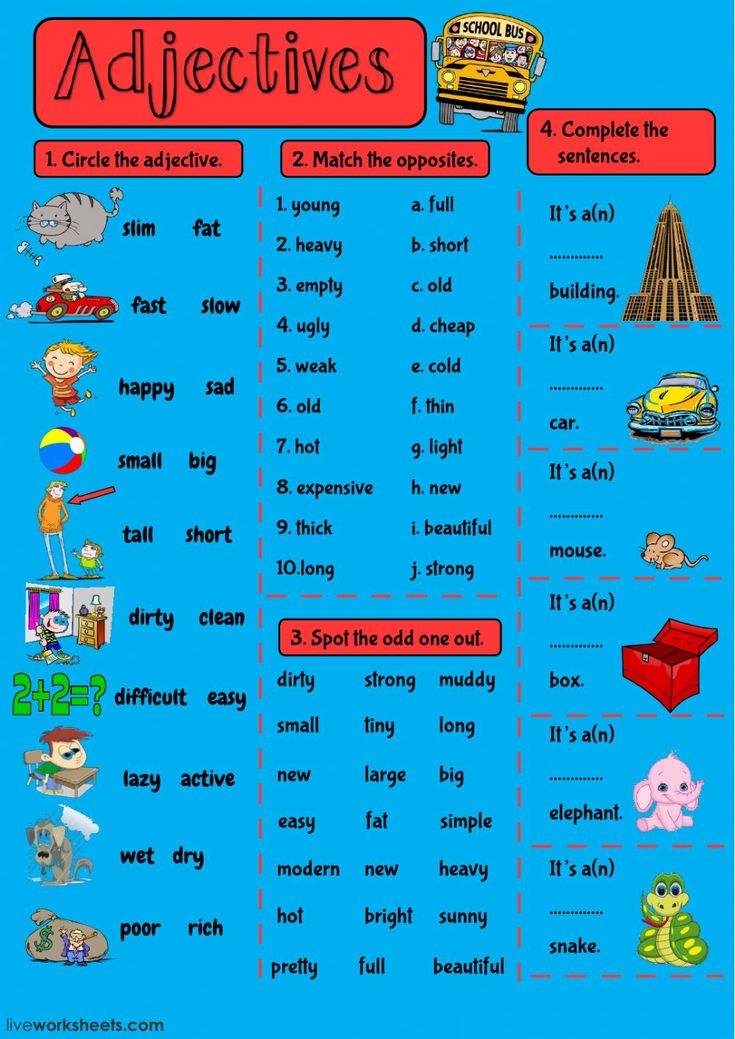
- Swan nest.
- Crane's nest.
Didactic game "Form words"
Purpose: to expand and activate vocabulary. Exercise in the formation of valid present participles.
Material: subject pictures migratory birds, ball.
Sings Singing
Chirping Chirping
Flies away Departing
Feeds Lactating
Swimming Floating
Screaming Screaming
Starving Starving
Didactic game "Birds flew away"
Purpose: to exercise in inflection: the use of the genitive case of nouns in singular and plural.
No (who?) - no swan, duck ... .
No (whom?) - no swans, ducks ... .
Theme “Forest. Trees»
Didactic game "Related words"
Purpose: to develop children concept of related words.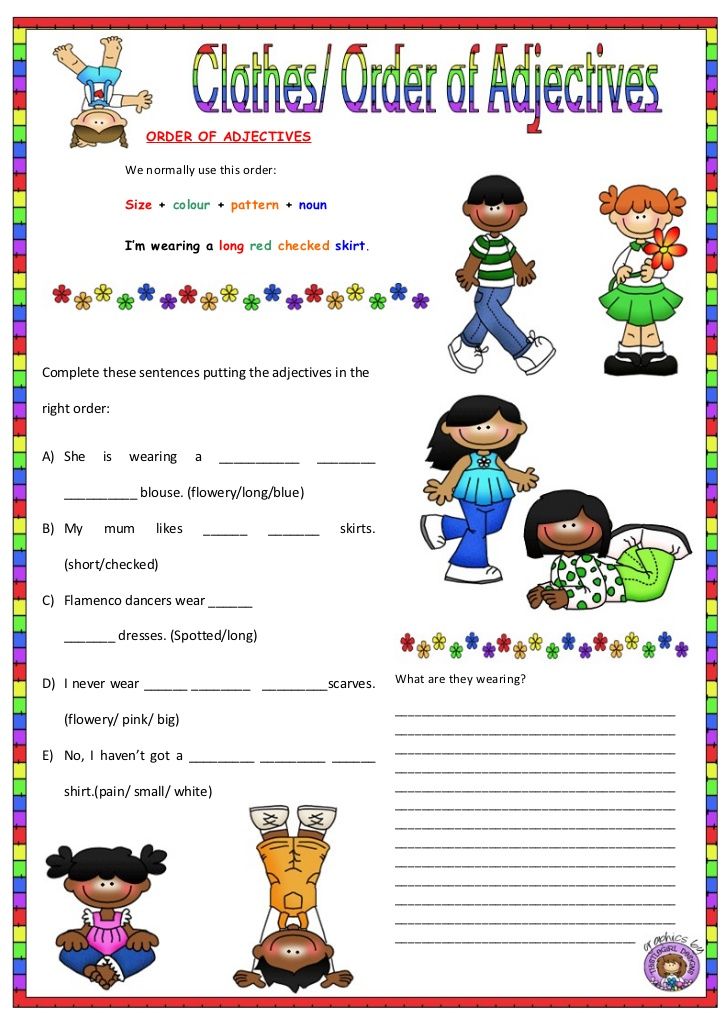 Practice word formation.
Practice word formation.
Material: ball.
Birch. birch, birch, birch, boletus.
Aspen. Aspen, aspen, boletus.
Oak. Oak, oak, oak tree, club.
Rowan. Mountain ash, mountain ash, mountain ash.
Maple. Maple, maple.
Pine. Pine, pine, pine.
Spruce. Christmas tree, Christmas tree, spruce, spruce.
Didactic game "Related words"
Purpose: exercise in formation of relative adjectives.
Forest (what?) - spruce, pine, cedar ….
Cone (what?) - spruce ... .
Needles (what?) - spruce ... .
Topic “Head headwear»
Didactic game "Fix the mistake"
Purpose: learn understand the meaning of possessive pronouns.
My boots, my hat, my gloves, my scarf … .
Didactic game "Name what"
Purpose: exercise in formation of relative adjectives.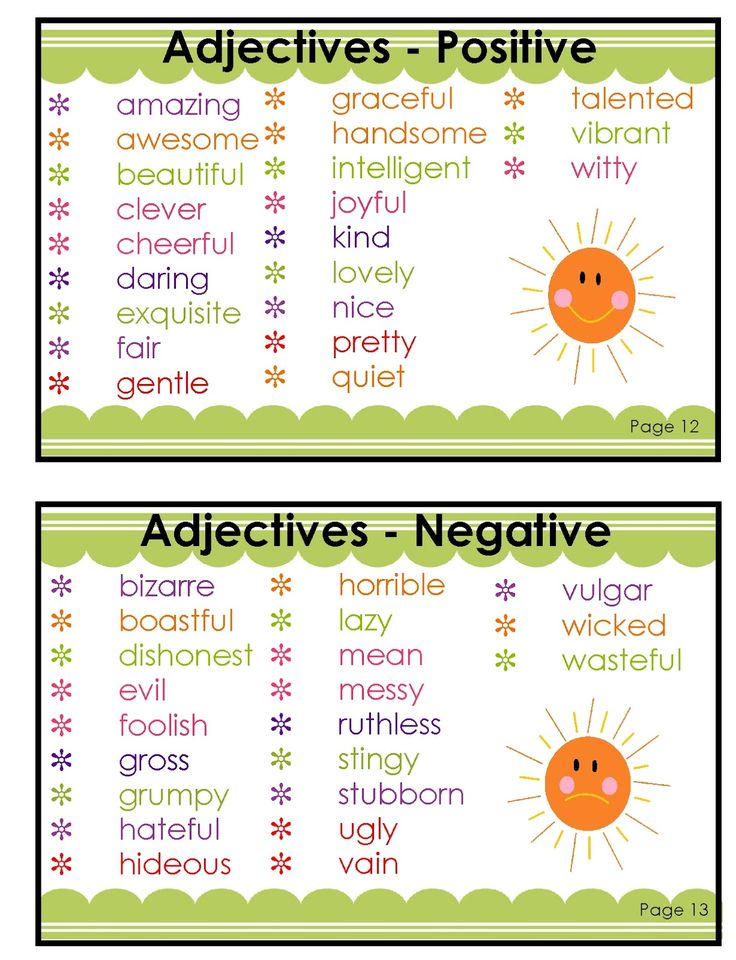
Rubber boots - rubber boots.
Wool hat - wool hat.
Leather gloves - leather … .
Theme "The house and its parts. Furniture»
Didactic game "Name which house"
Goal: exercise in formation of compound words.
House - one-story, three-story ... multi-storey.
Didactic game "Change the word"
Purpose: to exercise in case and prepositional agreement.
Change the word "window" in the context offers.
The house has a large ... . There is no … in the house. I approached... I dream big... I have flowers growing under ... .
Didactic game "Name it"
Purpose: exercise in formation of relative adjectives.
The cabinet is made of wood, which means it wood.
The bed is made of iron, … .
Sofa made of leather, … .
Chair made of plastic, … .
Theme "Professions"
Didactic game "Name it"
Purpose: exercise in use of dative, accusative, genitive cases of yen nouns.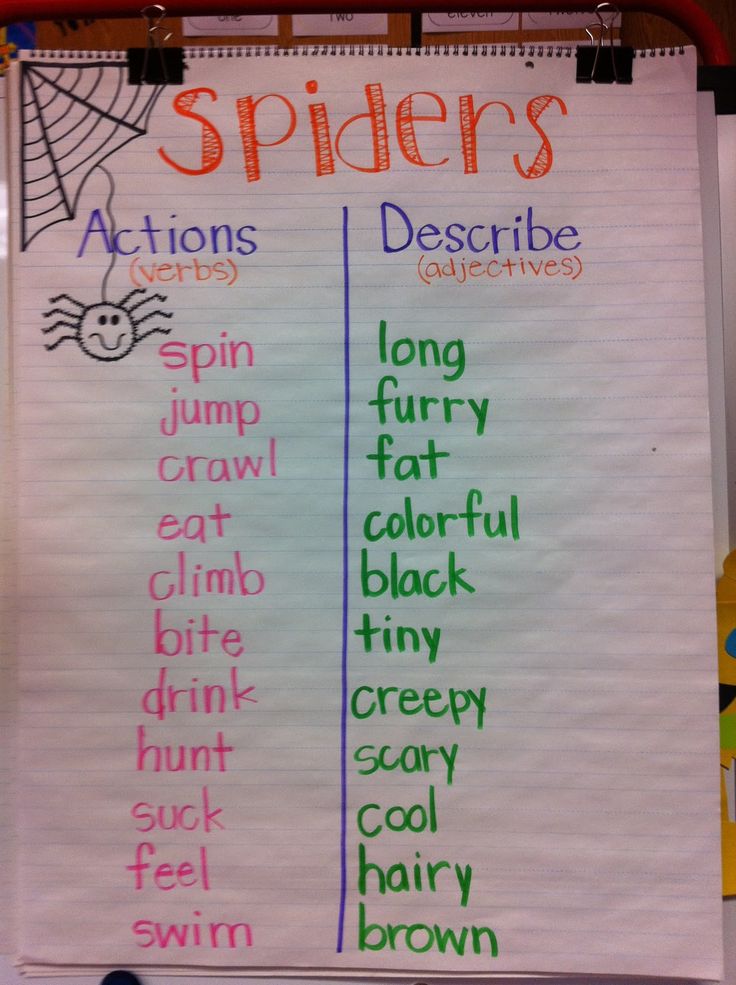
The postman brought a letter (to whom?) - to mother, sister….
What did we find in the mailbox? - newspaper, postcard….
What is missing in the mailbox? newspapers, magazine ... .
Didactic game "Who will you be?"
Purpose: exercise in using future tense verbs.
I will be a builder, I will build a house.
I will … .
Didactic game "Answer the question"
Goal: exercise in the use of the preposition c.
Where will mother go if she needs a doctor?
Where do you go if you need to make a dress?
Where should I go to buy medicine? bread?
Subject: Dishes, food”
Didactic game "What dish is this?"
Purpose: exercise in formation of relative adjectives.
What kind of soup is made from ... (beans, peas, fish, chicken, beets, mushrooms, vegetables)?
What kind of porridge from .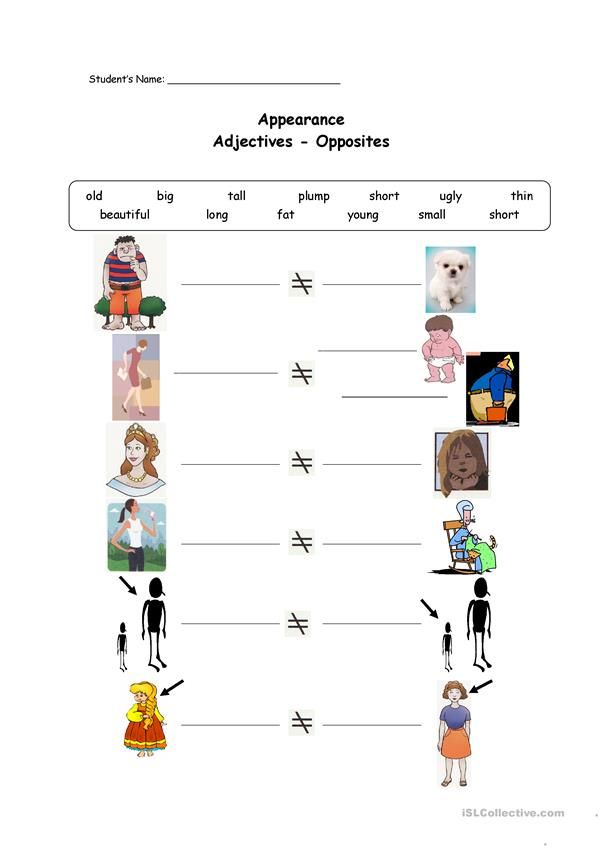 .. (millet, hercules, semolina ... )?
.. (millet, hercules, semolina ... )?
What jam from ... (apples, plums, apricot, raspberry...)?
What kind of juice from ... (carrot, pear, orange …)?
What kind of dishes can be ... (glass, metal, ceramic, porcelain, clay, plastic)? Lead examples. Why is she called that? (Glass - made of glass.)
Didactic game "Magic Train"
Purpose: to expand and enrich vocabulary. Strengthen the skills of education and proper use nouns using the suffix nits with the meaning receptacles.
Material: large picture with the image of a train, 9 medium cards - wagons, 9 small pictures (sugar, cracker, bread, soup, sweets, herring, salad, napkin, pepper). Small subject pictures are laid out on the table with with a picture of the products and offers to “go to the grocery store”. Children by choose any picture and make a proposal.
-I bought some bread. I bought candy.
The teacher reminds that for each the product has its own dishes: for bread - a bread box, for sweets - a candy box.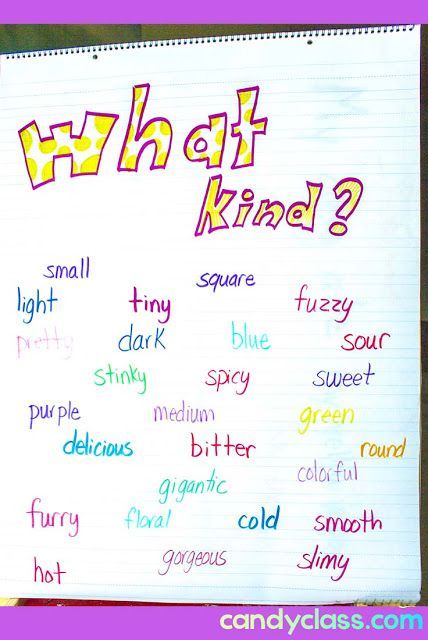 And with using intonation, highlights part of the word nits , emphasizing that with its help a new word is formed.
And with using intonation, highlights part of the word nits , emphasizing that with its help a new word is formed.
Then the teacher offers to ride on the “Magic Train”, where the magic particle prostrate rides in trailers. Must be bought put the products in trailers and guess what new word will turn out (sugar bowl, rusk bowl, bread bowl, tureen bowl, candy bowl, herring bowl, salad bowl, napkin holder, pepper box).
Didactic game "Be attentive"
Purpose: to develop verbal attention. Strengthen the ability to use prepositions to indicate spatial arrangement of objects.
Material: set of dishes (cup, saucer, spoon) according to the number of children.
The teacher gives instructions. their children perform.
- Place cup on / under saucer ; between spoon and saucer; to the left of the spoon, etc.
Then the teacher performs manipulations with dishes, and the children comment on where and what he puts.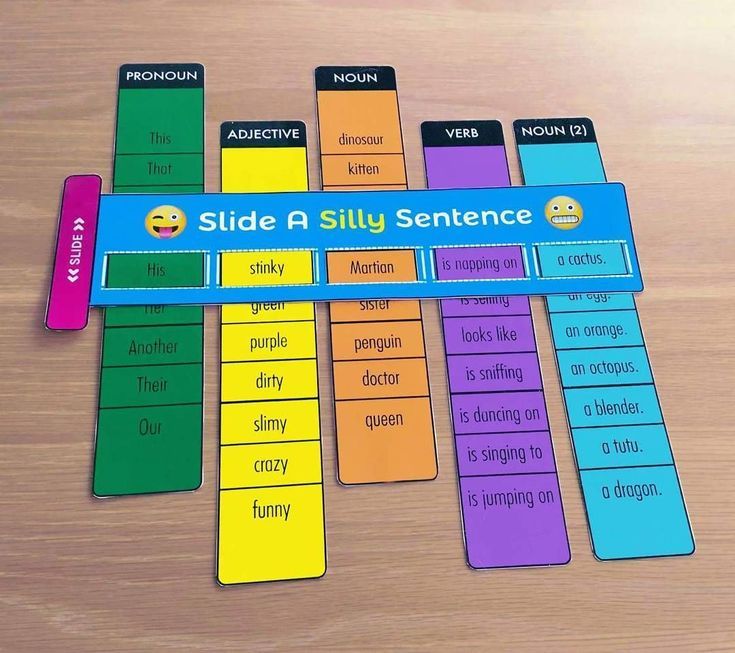
Theme "Winter"
Didactic game "Pick up related words"
Purpose: to exercise in formation of related words.
Snow - snowball, snowflake, snowy, Snow Maiden, snowman ...
Winter - winter, winter, winter, winter hut ….
Frost - frosty, freeze, freeze ... .
Ice - icebreaker, ice floe, ice, glacier, ice….
Didactic game "Pick a sign to the subject"
Purpose: to learn match adjectives with nouns.
Sun (what?) - …
Ice (what?) - …
Frost (what?) - … .
Didactic game "Pick the item to the sign"
Purpose: to learn match adjectives with nouns.
Snow - ball, ...
Snow - ...
Snow - drifts, ...
Snow - field, ... .
Topic “What of what has been done”
Didactic game "Form words"
Purpose: exercise in formation of adjectives from nouns.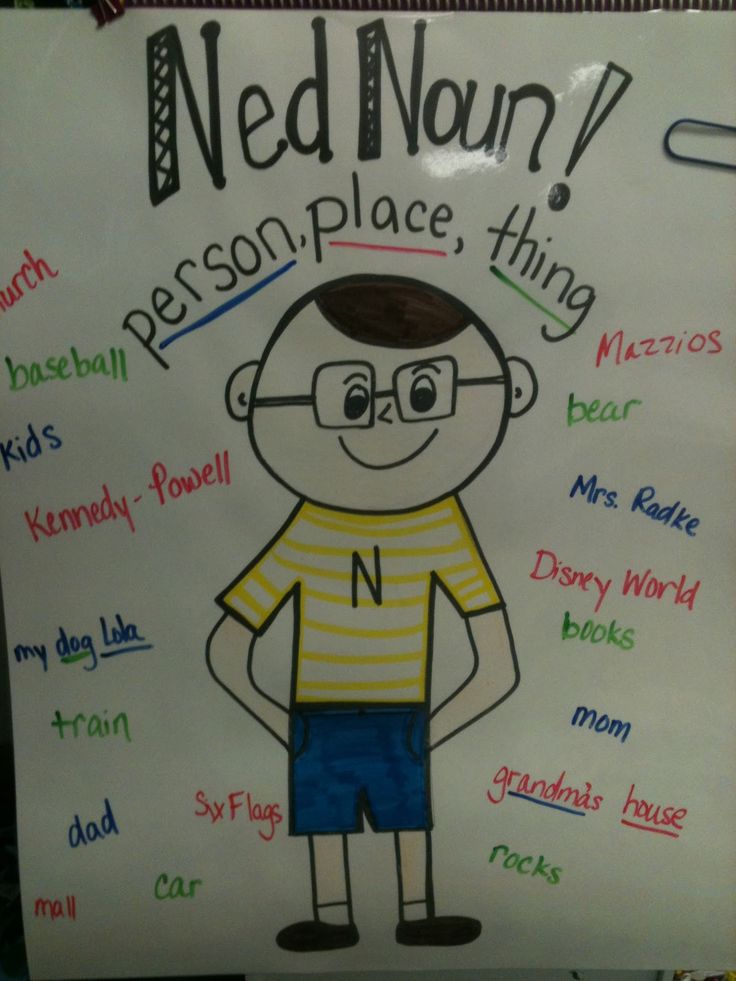 Learn to coordinate adjectives with nouns.
Learn to coordinate adjectives with nouns.
Material: ball.
Iron nail. Iron nail.
Board made of wood. Wooden plank.
Metal scissors. Metal scissors.
Rubber boots. Rubber boots.
Leather gloves. Leather gloves.
Paper napkin. Paper napkin.
Clay pot. Clay pot.
Glass bowl. Glass cup.
Plastic bottle. Plastic bottle.
Theme "Road safety. Transport»
Didactic game "Pick a sign"
Purpose: to exercise in agreement of adjectives with nouns.
Car (what?) - ...
Aircraft (what?) - ... .
Didactic game "Say the opposite"
Purpose: to learn choose antonyms for the words.
Take off - landing
Take off - land
Arrive - ...
Sailing - … .
Didactic game "Say it differently"
Purpose: to learn find synonyms for words.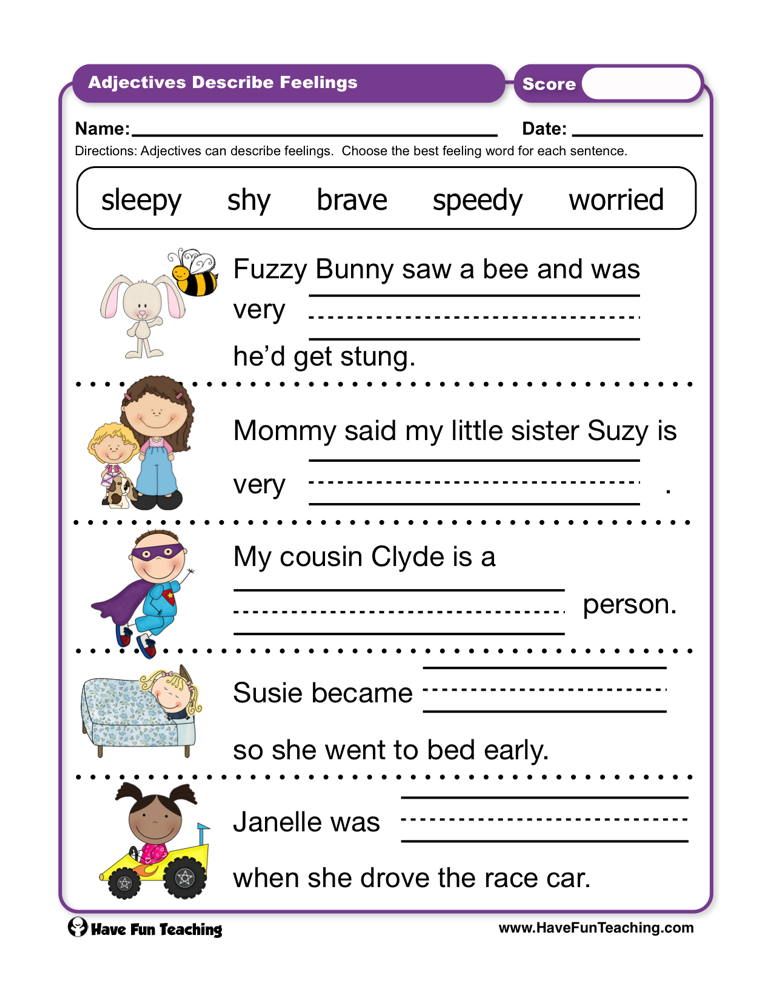
Ride - ..., rush - ..., rush - ... , drive - ... , drag - ... , move - ... .
Theme "New Year"
Didactic game "Pick a sign"
Purpose: to exercise in agreement of adjectives with nouns.
Christmas tree (what?) - ...
Holiday (what?) - ...
Christmas decorations (what?) - ...
Santa Claus (what?) - ...
Snow Maiden (what?) - ...
Children (what?) - ...
Gifts ( which?) - … .
Didactic game "Decorate the Christmas tree"
Goal: exercise children in the use of prepositions.
An elegant Christmas tree stands in the hall.
Beautiful toys hang on the Christmas tree.
The dwarfs hid ... in the Christmas tree.
They ran out ... Christmas trees.
Gifts for the children are hidden by … the Christmas tree.
Grandfather Frost got presents … Christmas trees.
Children lead a round dance .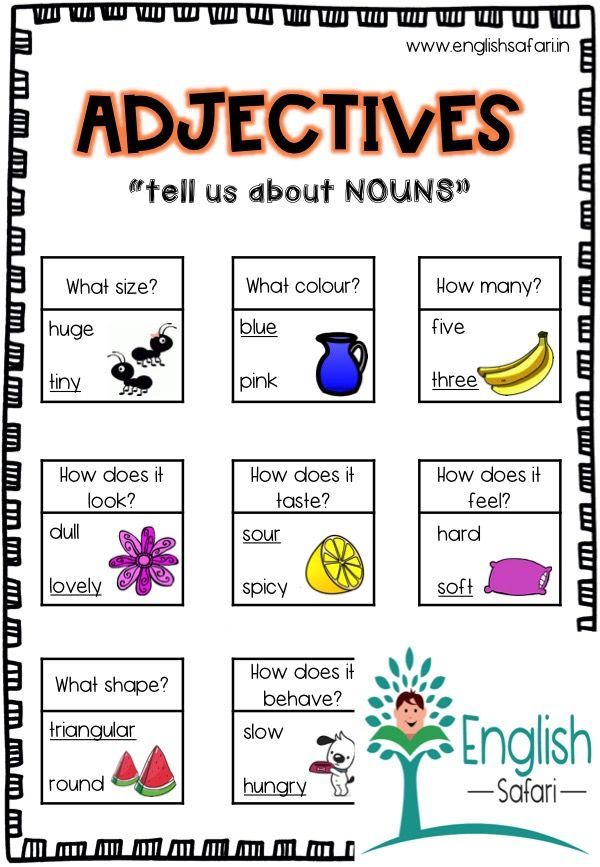 .. Christmas trees.
.. Christmas trees.
Everyone came up to the tree.
Didactic game "Finish the sentence"
Goal: to consolidate the skill children to make sentences using the union in order to . Develop imagination.
Material: plot picture "Holiday Christmas trees, ball.
Mom took out a box of Christmas decorations in order to ... (dress up a Christmas tree, decorate a room).
We decorated the Christmas tree in order to ...
Santa Claus came to the holiday in order to to …
The girls put on snowflake costumes in order to so that ...
A snowman came to our holiday for in order to …
Theme “Christmas. Farewell to the Christmas tree»
Didactic game "What is superfluous and why?"
Purpose: activate and introduce general concepts into speech.
Children name an extra word and explain own choice.
Autumn, Winter, Christmas , Spring
Ski , Winter , Sannaya, Skates
Winter, Spring , Summer 9000, Summer 9009, Sum icicles ice skates
Didactic exercise "How I decorated the Christmas tree"
Purpose: exercise in compiling stories from personal experience.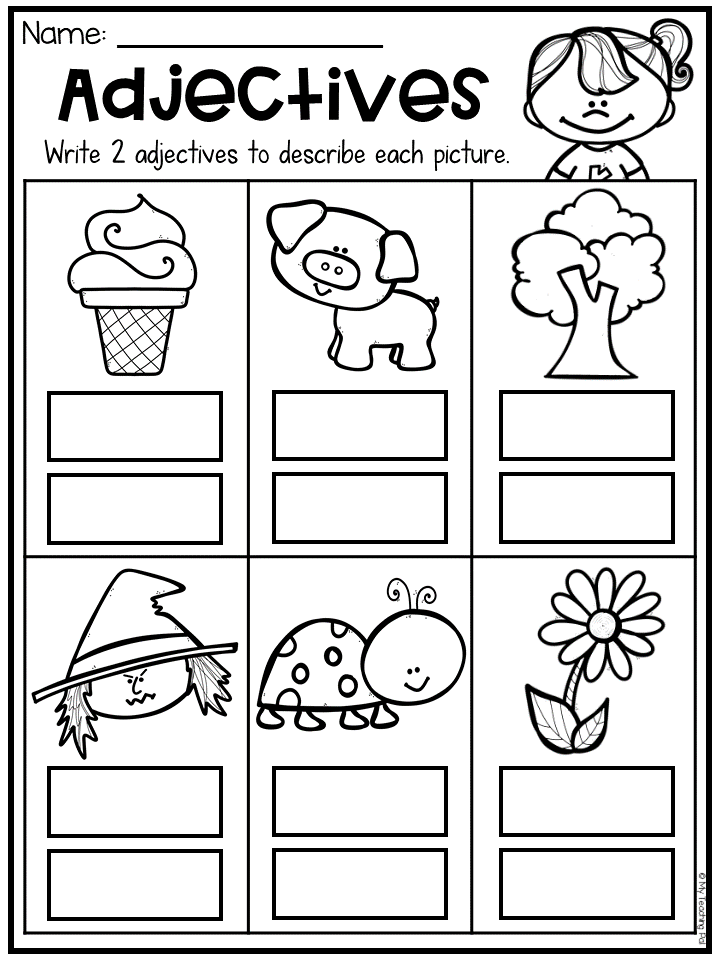
Invite the children to write a story in topic.
Topic “Russian folk toy»
Didactic game "Name the toy"
Purpose : exercise in formation of relative adjectives.
Wooden toy (what?) - wooden (matryoshka, pipe)
Clay toy (what?) - clay (whistle)
Ceramic toy (what?) - ceramic (doll)
didactic Count game
Goal : exercise correctly agree the numeral with the noun.
One nesting doll, two nesting dolls, ... five nesting dolls.
One whistle, ... five whistles.
Theme "Winter fun"
Didactic game "Why is it so named"
Purpose : to exercise in formation of compound words.
Skater - skating
Luger - sledding
Skier - ...
Hockey player - ...
Figure skater - ... .
Didactic game "Who needs what"
Purpose : to exercise in use of the dative case of nouns.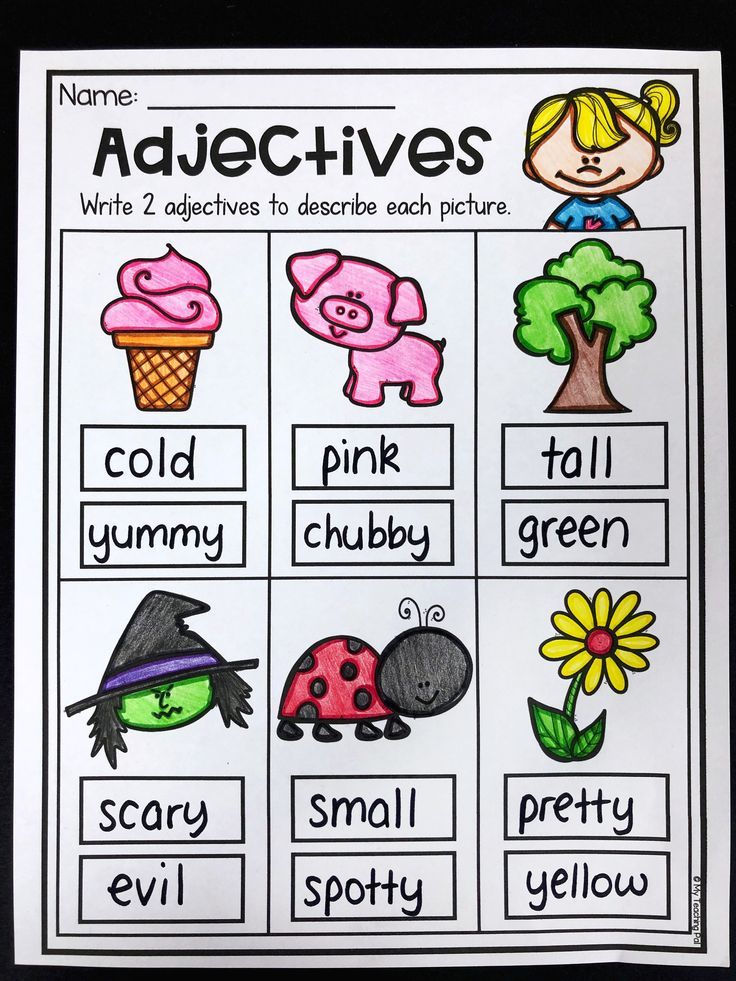
Stick needed - hockey player
Skates needed - ...
Sled needed - ...
Skis needed - ...
Puck needed - ... .
Transport theme
Didactic game "Why is it called so"
Purpose : to exercise in word formation, including compound words.
Aircraft - flies by itself
ATV - ...
Steam locomotive - ...
Steamer - ...
Dump truck - ...
Scooter - ... .
Didactic game "Modes of transport"
Purpose : to learn classify modes of transport. Practice making proposals a certain word.
Material: pictures with depicting different modes of transport. Schemes coding modes of transport (wave, road, railroad, cloud).
An airplane is air transport. Airplane flies above the clouds.
Vehicle - … .
Didactic game "Who controls what"
Purpose : to expand and activate vocabulary.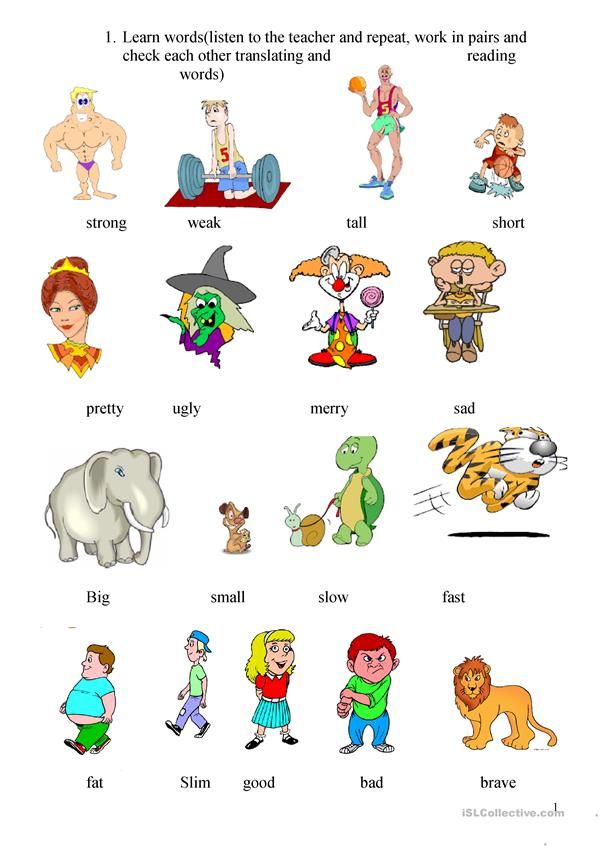
Material: illustrations the image of people of transport professions, the ball.
Children look at illustrations and called the professions of people working in transport.
Driver:
driver - ...
driver - ...
motorcyclist - ...
driver - ...
cyclist - ...
pilot - ...
captain - ... .
birds»
Didactic Curious Magpie game
Purpose : to improve children's ability to use prepositions in speech.
Material: story a picture of a forest, a planar image of a magpie, schemes of prepositions.
The teacher asks the children to complete certain actions with the magpie, focusing on the schemes: place near the pine, between spruce and aspen, hide behind the feeder; come up with and tell where else a curious magpie visited.
Didactic game "Fly away - do not fly away"
Purpose : to consolidate knowledge wintering and migratory birds.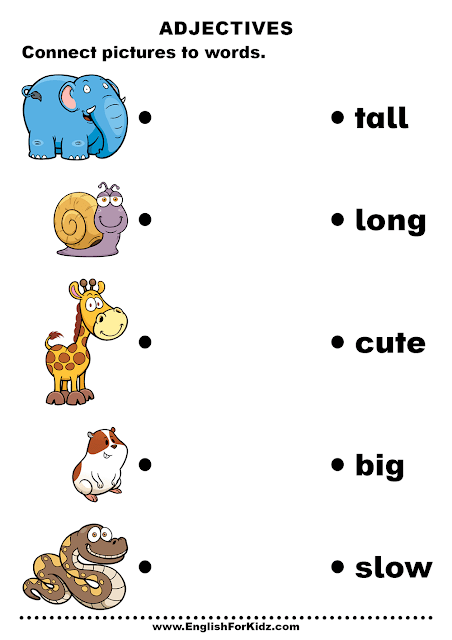 Develop visual and auditory attention.
Develop visual and auditory attention.
Material: subject pictures of migratory and wintering birds.
Subject pictures are laid out in the center of the circle (image down).
Children run in circles on their toes and do wave your hands ("fly"). On command "Stop!" children pick up and turn over Pictures. Those children who had pictures of wintering birds squat, and those children, who have migratory birds in the pictures, wave their hands.
Didactic game "Say in one word"
Purpose: to exercise in formation of compound adjectives.
Material: ball.
The magpie has white sides, so it is called … (white-sided).
The tit has a yellow chest, so it called ... (yellow-breasted).
The bullfinch has a red chest, so it called ... (...).
The woodpecker has a red head, so it called ... (...).
The crow has black wings, hence its name … (…).
The woodpecker has a sharp beak, which is why it is called … (…).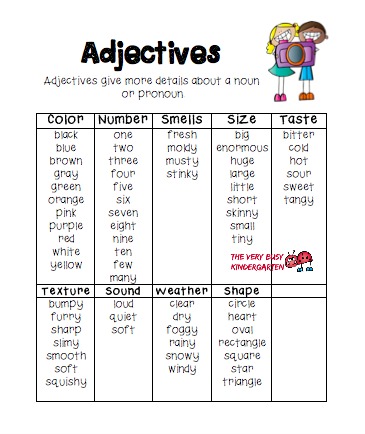
The owl has a big head, so it is called … (…).
The waxwing has a ringing voice, so it called ... (...).
The woodpecker has a long beak, which is why it is called … (…).
The magpie has a long tail, so it called ... (...).
The owl has big wings, hence its name … (…).
Theme "My country"
Didactic game "Add the word - enemy"
Purpose: to exercise children in use of antonyms. Promote understanding and memorization of proverbs.
Material: ball.
Native side - mother, and someone else's ... ( stepmother ).
warmth blows from the Motherland, and from a foreign land ... ( cold ).
The dog barks at bold , but bites ... ( cowardly ).
thin the world is better than good …( quarrels ).
Peace builds , and war ... ( destroys ).
A person from laziness gets sick , but from work .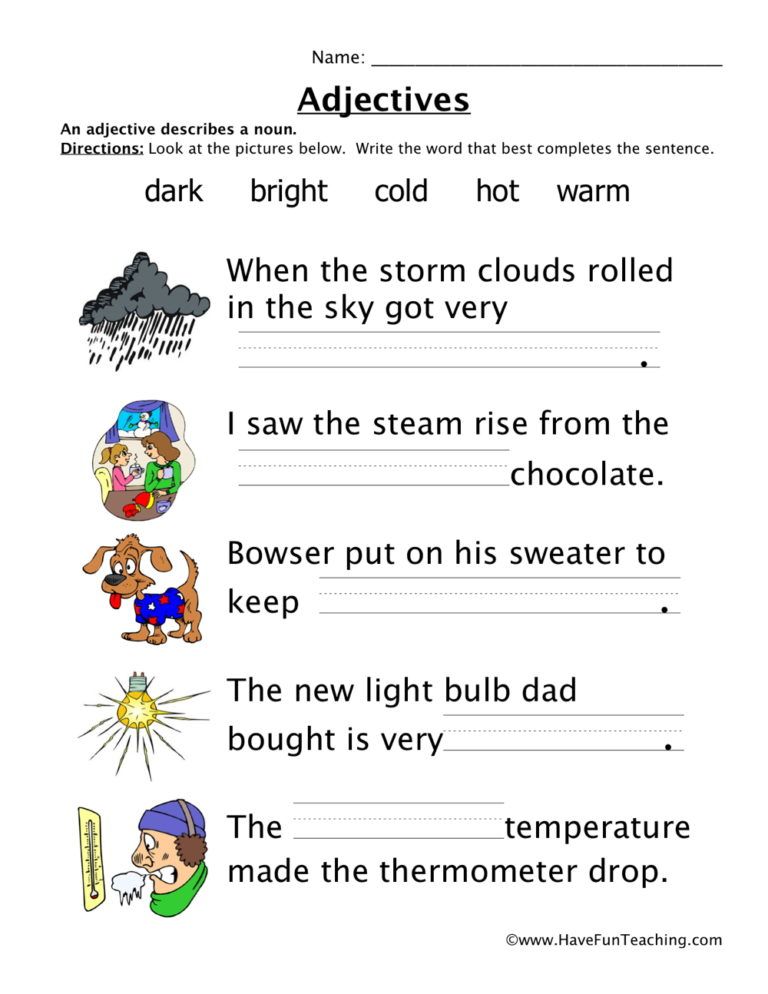 .. ( gets healthy ).
.. ( gets healthy ).
Theme "Defenders Fatherland. Military professions»
Didactic game "Form words"
Purpose: to exercise in the formation of real participles of the present tense. expand and activate vocabulary.
Material: ball.
A soldier loves his Motherland. Loving soldier.
The border guard guards the border. Protecting border guard.
A sailor fights on the sea. Fighting sailor.
An infantryman fights for the Motherland. Fighting infantryman.
The tanker wins the battle. The winning tanker .
Citizens live in Russia. Living citizens .
Didactic game "Who serves in the Army"
Purpose: to teach to educate nouns with suffixes -chik, -ist .
- rocket man, mortar, pilot, anti-aircraft gunner;
- ist : signalman, tanker, artilleryman.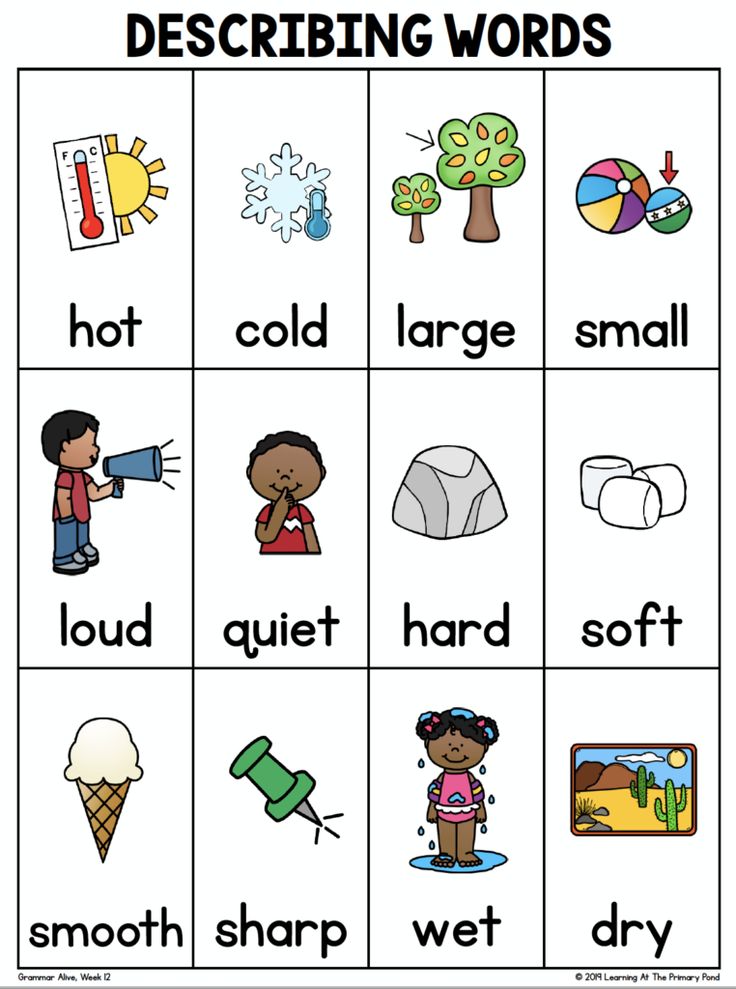
Didactic game "Count"
Goal: exercise in agreement of numerals with nouns.
One tank, two tanks ... five tanks.
Clothes theme
Didactic game "Finish the sentence"
Goal: to exercise in formation of adjectives from nouns. expand and activate vocabulary.
Material: ball.
Wool jacket. He (what?) - Woolen.
Silk dress. It …
Jersey T-shirt. She …
Leather jacket. She …
Fur coat. She …
Coat for grandmother. It …
Outdoor clothing. She…
Rubber boots. They …
Kerchief made of cotton. She …
Sundress for summer. He …
Raincoat for spring. He …
T-shirt for children. She …
Trousers for Men. They…
Didactic game "Tell me what clothes"
Purpose: to teach children make a descriptive story about various items of clothing based on a diagram.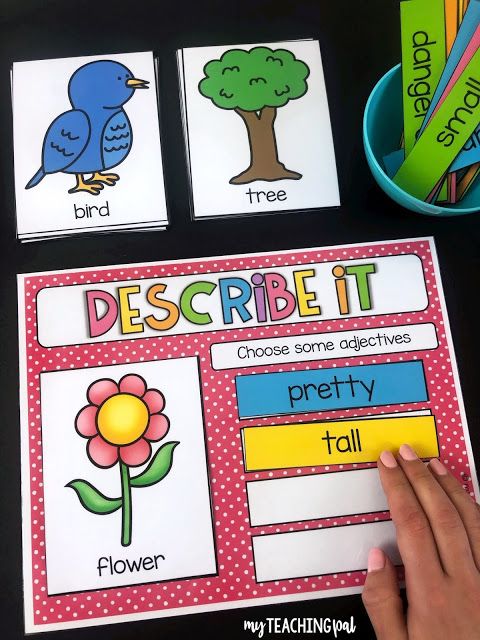
Material: diagrams for compiling a story, pictures depicting various items of clothing.
Children choose pictures of clothes and compose descriptive stories based on the scheme.
Theme "Women's professions. Atelier»
Didactic game "Who needs what"
Purpose: exercise in the use of the accusative case and the dative case of names nouns.
Cook - ladle
Seller - ...
Scissors - dressmaker
Bandage - ... .
Didactic game "It happens - it doesn't happen"
Purpose: vocabulary comprehension - grammatical structures.
The cook is making soup. The chef cooks the soup. Soup cooks cooks. The soup is cooked by the chef.
Soup cooked by the chef. The cook is cooked soup. Soup is cooked by a cook.
Didactic game "Name the female profession"
Purpose: exercise in word formation.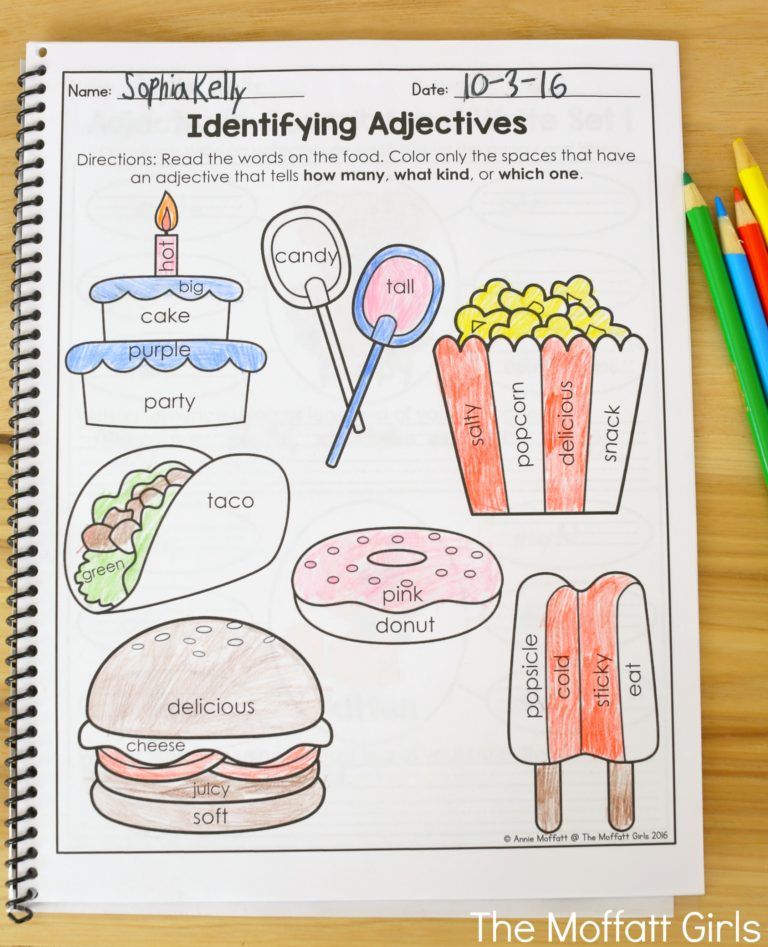
Cook - cook
Teacher - teacher
Educator - ...
Artist - ...
Singer - …
Violinist - …
Pianist - …
Salesman - …
animals»
Didactic game "Find a house"
Target: pin children's knowledge about marine life, freshwater and aquarium fish.
Material: Aquarium diagrams, ponds and seas, subject pictures of the animal world.
Easel for pond diagrams, sea, aquarium. Then, from the bank of subject pictures, you need to select those on which marine, aquarium, freshwater inhabitants are depicted, and placed under the desired scheme. Children complete the task and explain their actions.
Didactic game "Which word does not fit?"
Purpose: form the ability to distinguish words by meaning and sound, to find in a chain of related words are superfluous.
Fisherman , market , fisherman.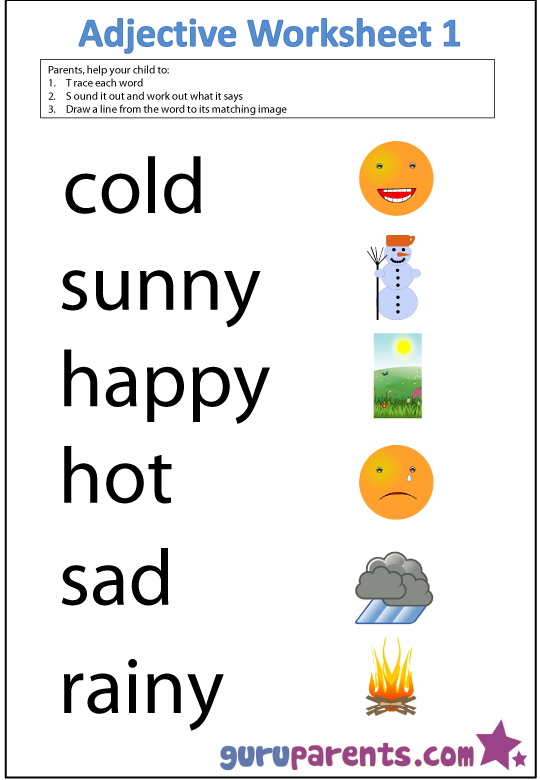
Water, underwater, seaweed , drive .
Marine, sea, wrinkle, sailor.
Animals hot countries"
Didactic game "Whose, whose, whose, whose?"
Target: practice coordinating possessive adjectives with nouns.
Head (whose?) - lion
Tail (whose?) - lion
Body (whose?) - lion
Ears (whose?) - lion.
Didactic Name the Family Game
Target: practice vocabulary. Expand and activate vocabulary.
Material: subject pictures of adults animals of hot countries and their young.
Children are asked to look at pictures "gather" the animal family together and name all its members.
Father - elephant, mother - elephant, cub(s) - baby elephant (calf).
Father - lion, mother - ... , cub(s) - ... .
Animals cold countries"
Didactic game "Count animals"
Goal: learn agree nouns with nouns.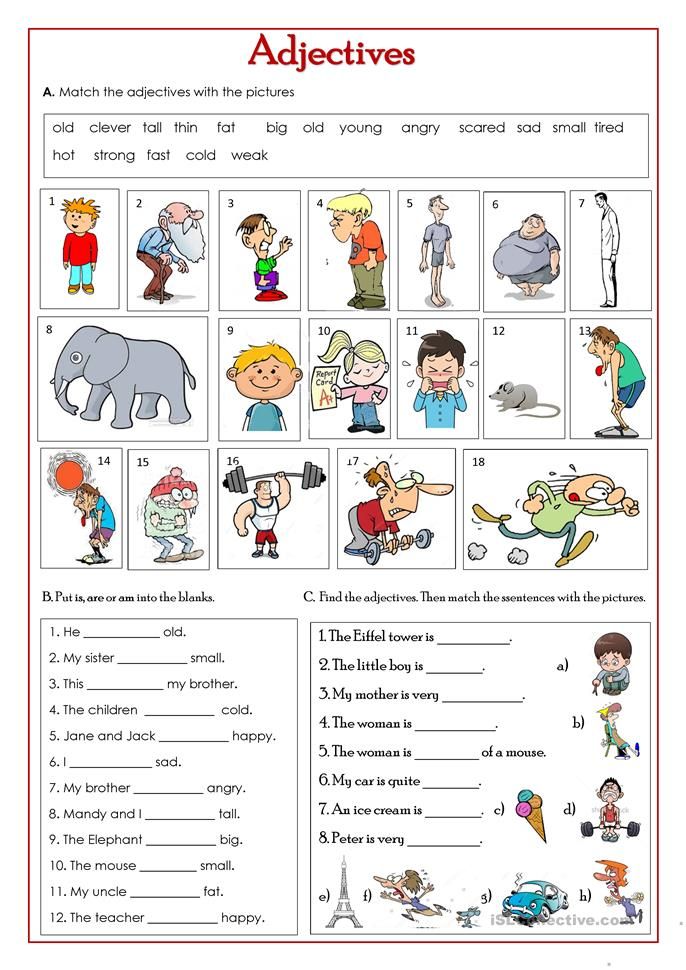
One walrus, two walruses, ... five walruses.
One seal, … five seals.
Didactic game "Compare"
Goal: exercise in compiling compound sentences with the union a .
The brown bear lives in our forest, but the white ….
The brown bear has brown hair and white ... .
The brown bear eats raspberries, honey, fish, and white … .
The brown bear sleeps in the den, and the white one… .
Bird theme
Didactic game "Name it affectionately"
Purpose: learn form words with diminutive suffixes.
Nightingale - Nightingale
Crane - ...
Swan - ...
Starling - ...
Didactic game "Who - who"
Target: practice vocabulary.
Rooks have rooks, starlings have ... .
A rook has a rook, a crane has ... .
Theme "Spring"
Didactic game "Signs of Spring"
Target: to consolidate children's knowledge about the signs of spring, the ability to make sentences, using conjunctions therefore, because .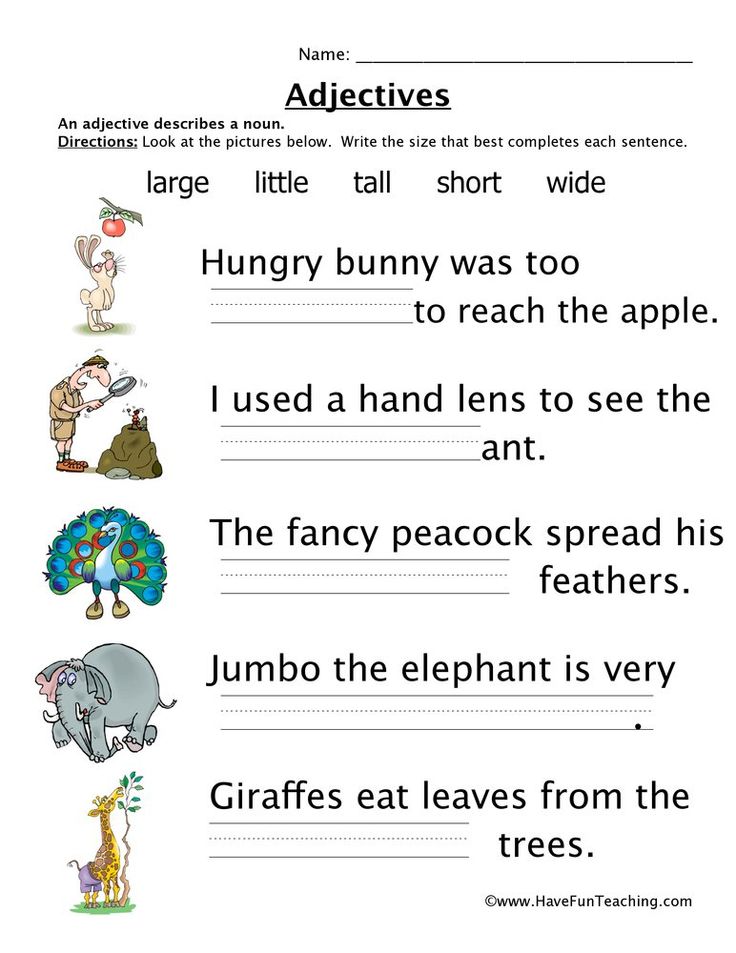 Learn to install causal relationships.
Learn to install causal relationships.
Union so Union because what
In the spring it warms the warm Icicles are melting because the gentle sun warms
, warm sun.
so the icicles melt.
The snow melts and turns Brooks ran, because the snow melts and
into the water, so streams run. Is turning in water.
Didactic game "Name it in one word"
Purpose: expand and activate vocabulary. Consolidate skills word formation of nouns.
Flower that opens immediately after melting snow. - Snowdrop.
The place where the snow melted and the earth opened up. - Thaw
Warm weather with melting snow and ice. - Thaw.
The first flower to appear in early spring. - Primrose.
Falling drops of thawed snow.- Drops.
Theme "Day cosmonautics
Didactic game "Space Journey"
Target: pin the use of prepositions on, under to denote spatial arrangement of objects, develop phrasal speech.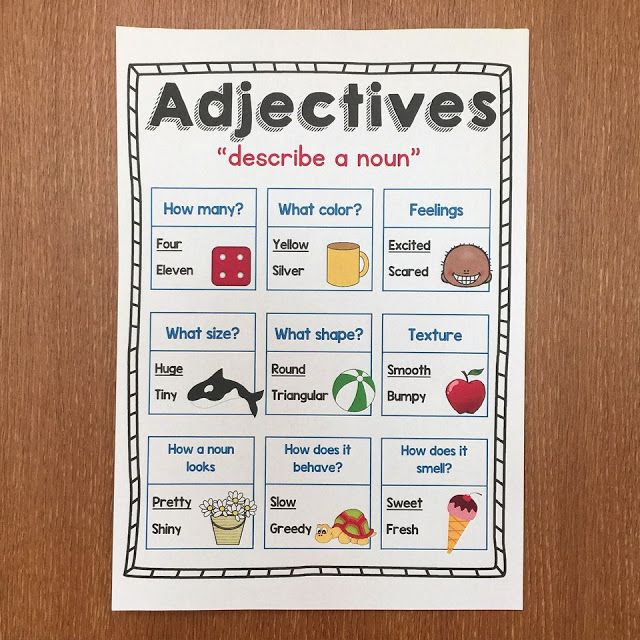
Material: graphics prepositions on, under. A series of pictures on the theme "Space".
The teacher puts on a magnetic board a series of pictures and graphic schemes of prepositions. Invites children to go to space travel and make sentences using pictures and diagrams.
Rocket flies into space . Lunokhod costs on moon.
Didactic game "Pick a sign"
Target: expand vocabulary of children at the expense of words - signs. Practice naming conventions adjectives with nouns in gender, number, case.
There are many planets in space. What planets? - Big, beautiful, distant …
The astronaut arrived at the station. What station? - Orbital, space, distant ...
You can see the sky through a telescope. What sky? - Starry, clear, dark …
labor. Professions»
Didactic game "Name the profession"
Goal: exercise in the formation of nouns using the suffix -schik.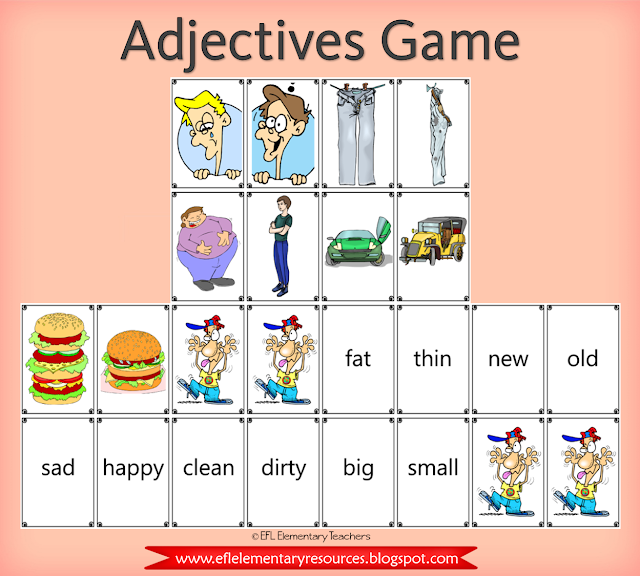
Who carries the luggage? - Porter.
Who welds the pipes? - Welder.
Who installs the glasses? - …
Who works on the crane? - …
Who lays the stones? - …
Who repairs the clock? - …
Who sharpens knives? - …
Who cuts the dress? - …
Didactic game "Help Desk"
Purpose: to fix children's ideas about the professions of people and the place of their work. exercise in the use of the preposition in .
Where does the clown work? - At the circus.
Where does the teacher work? - At school.
Where does the cook work? - …
Where does the seller work? - …
Where does the doctor work? - …
Where does the artist work? - …
Where does the teacher work?
Theme "Flowers"
Didactic game "Form words"
Purpose: to expand and activate vocabulary.